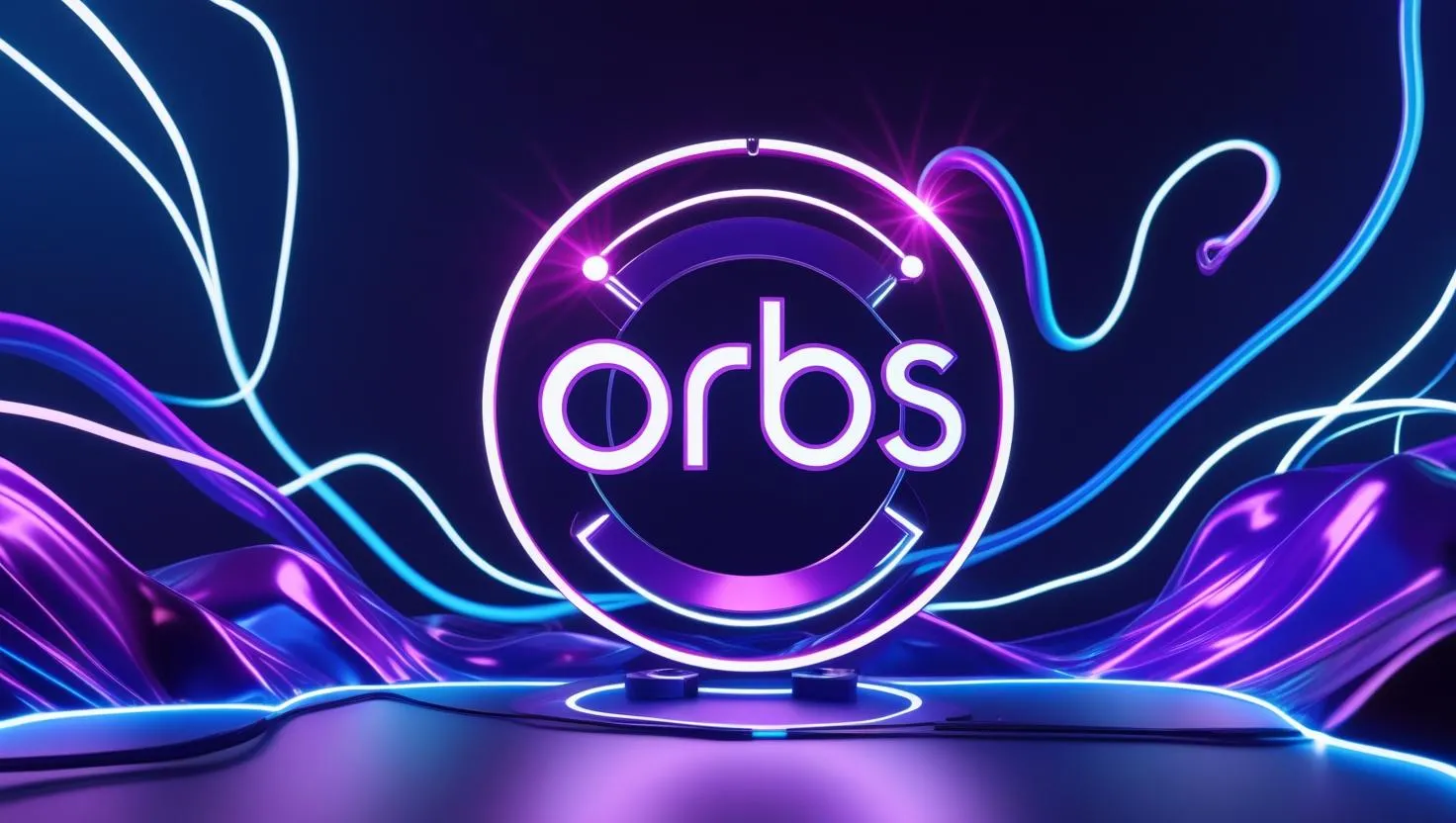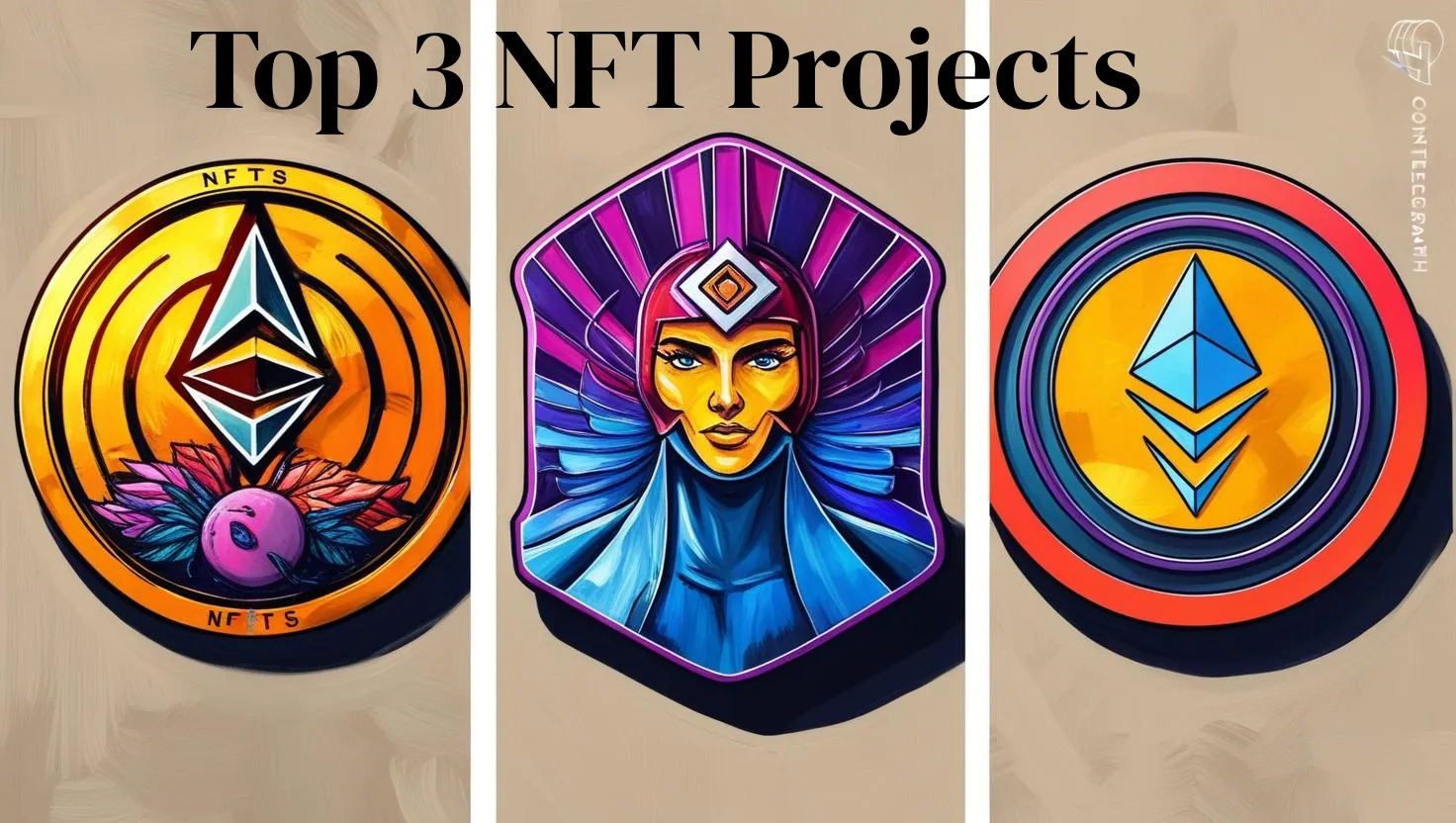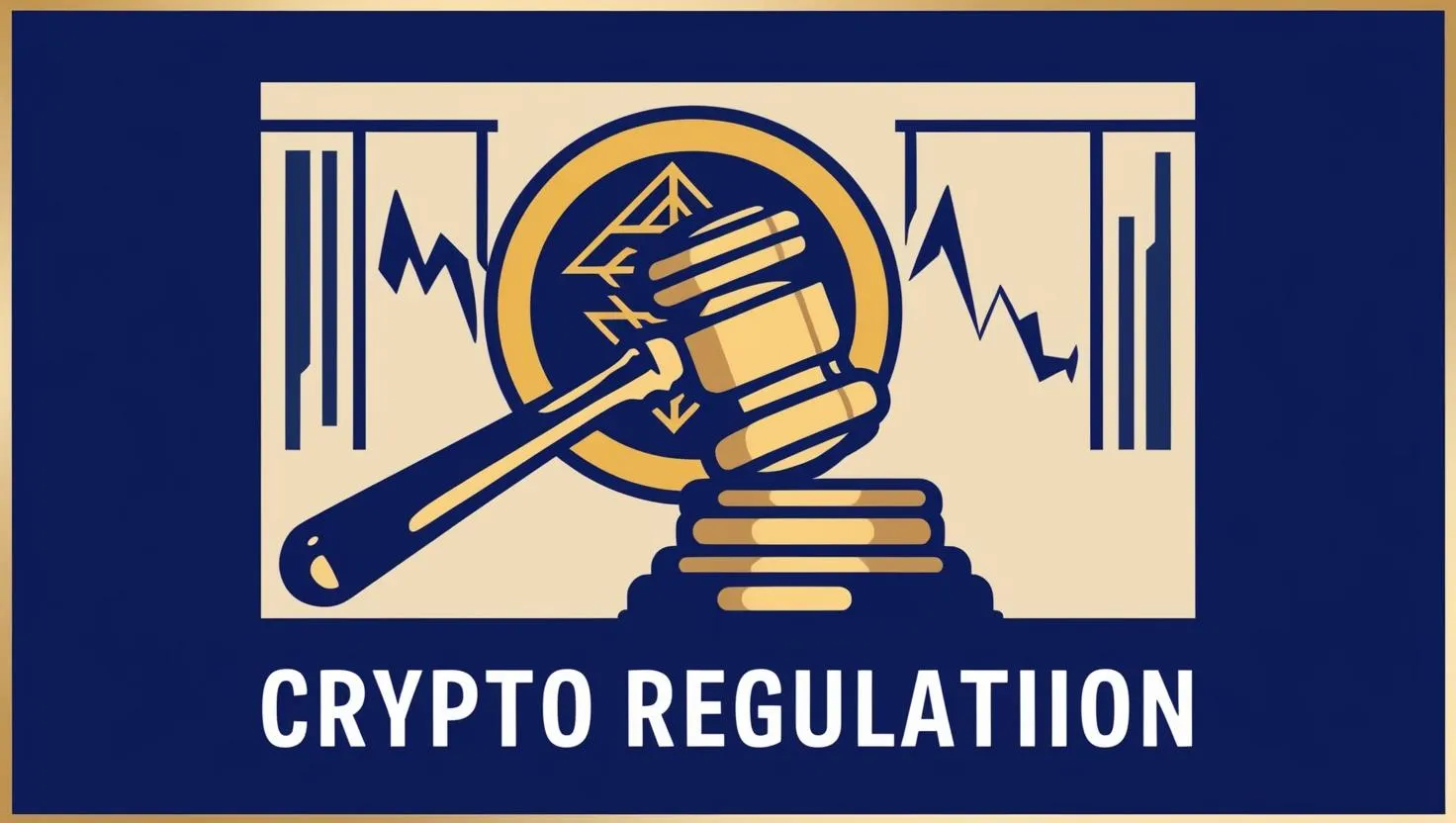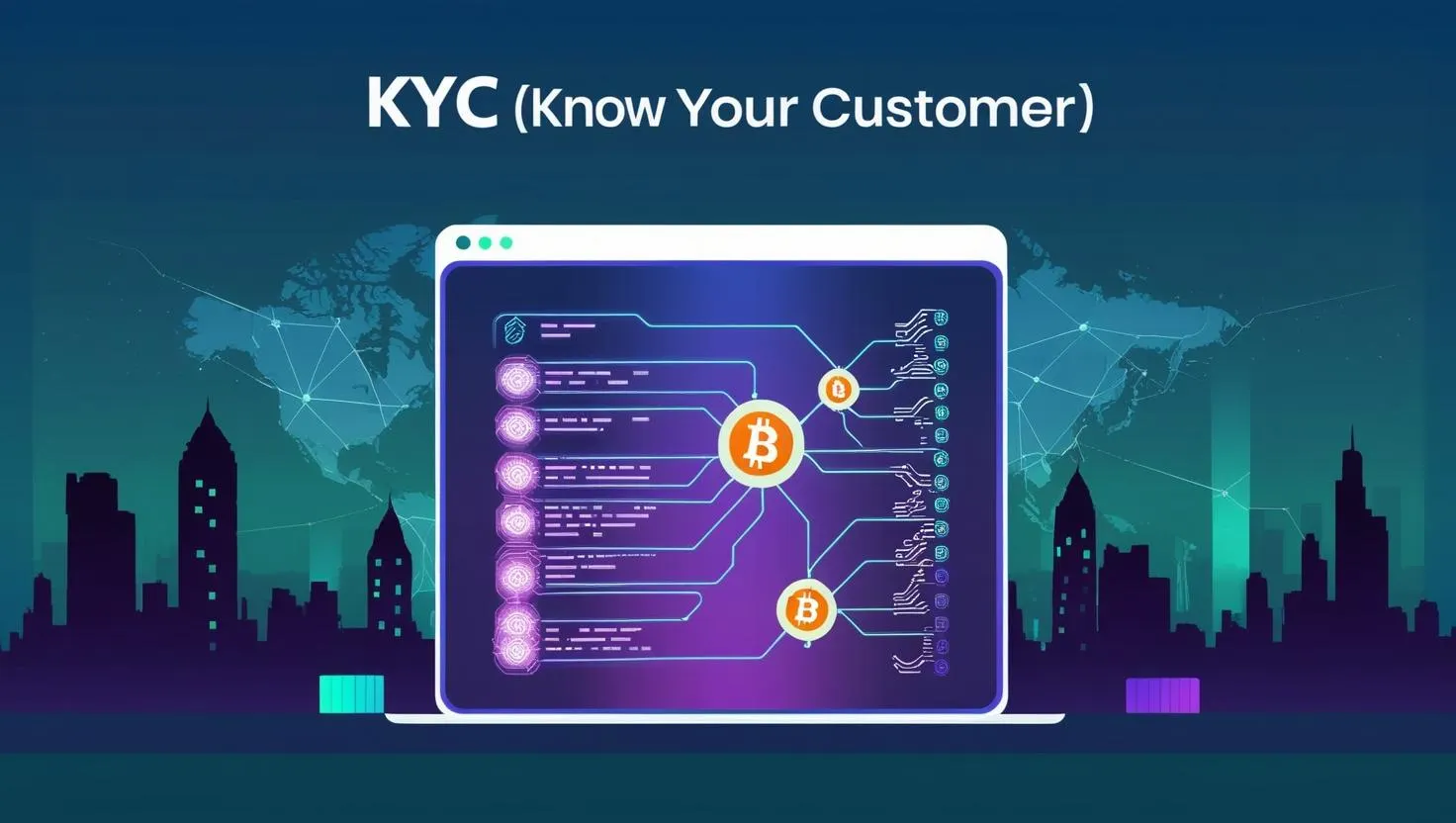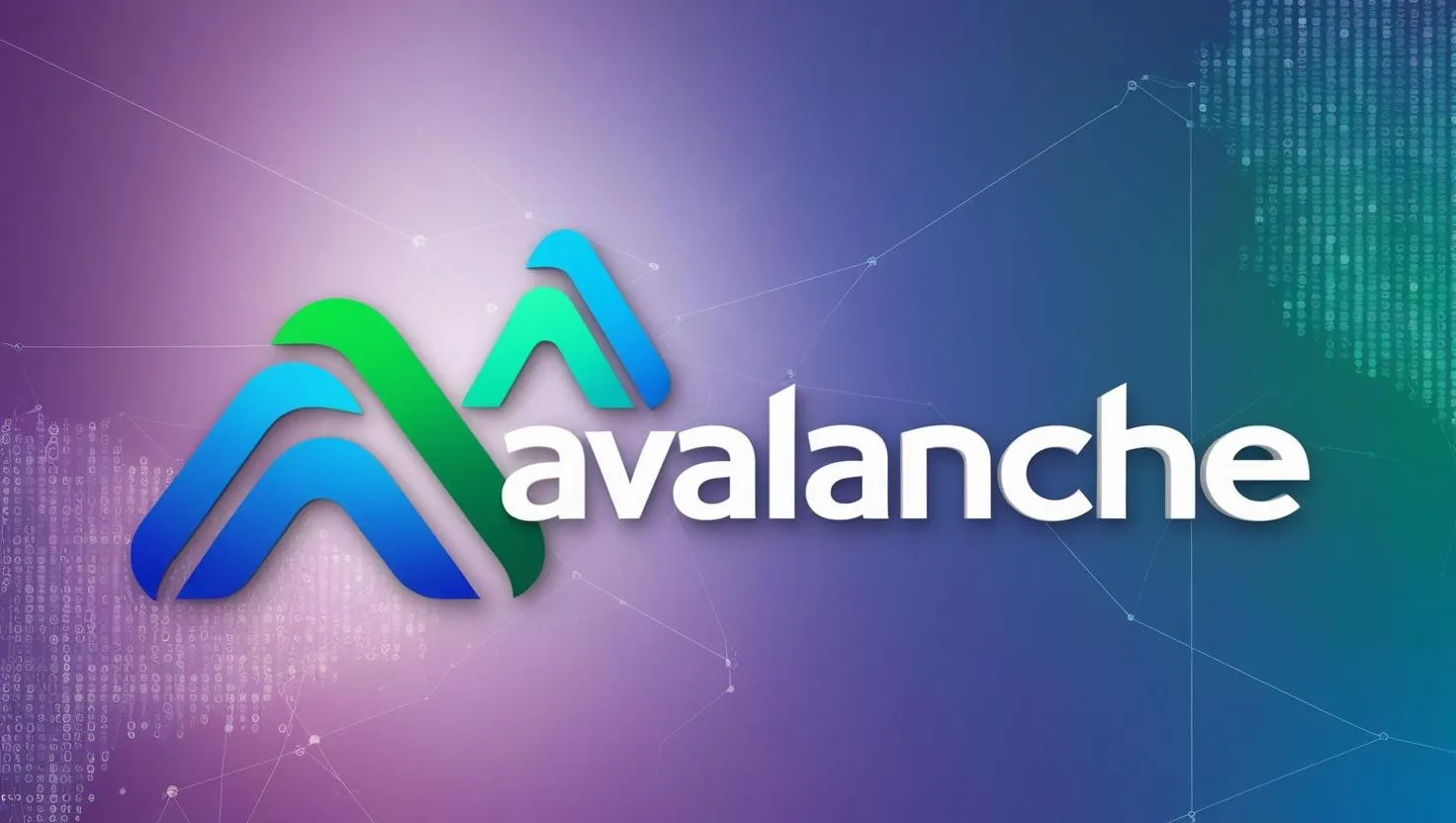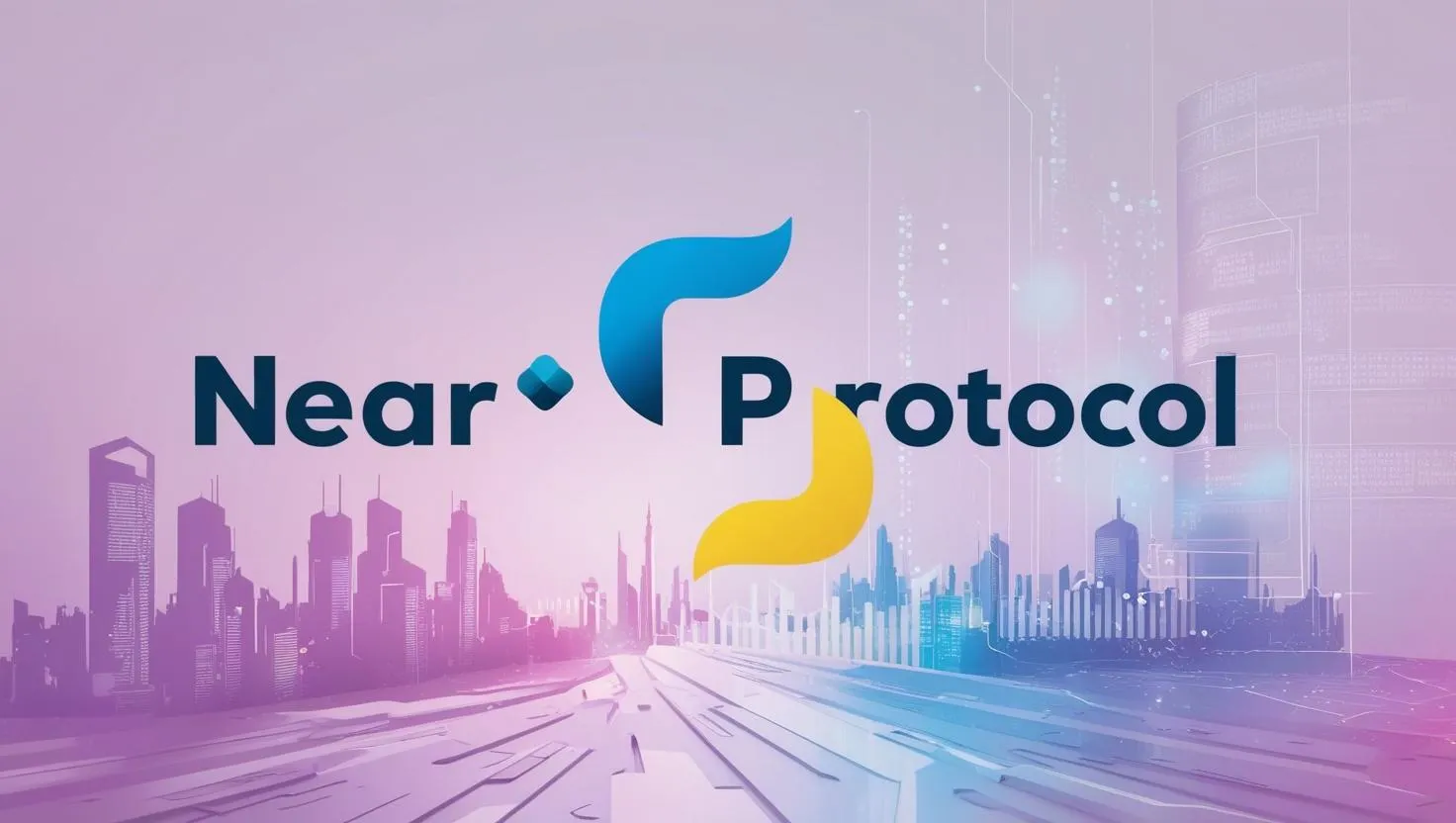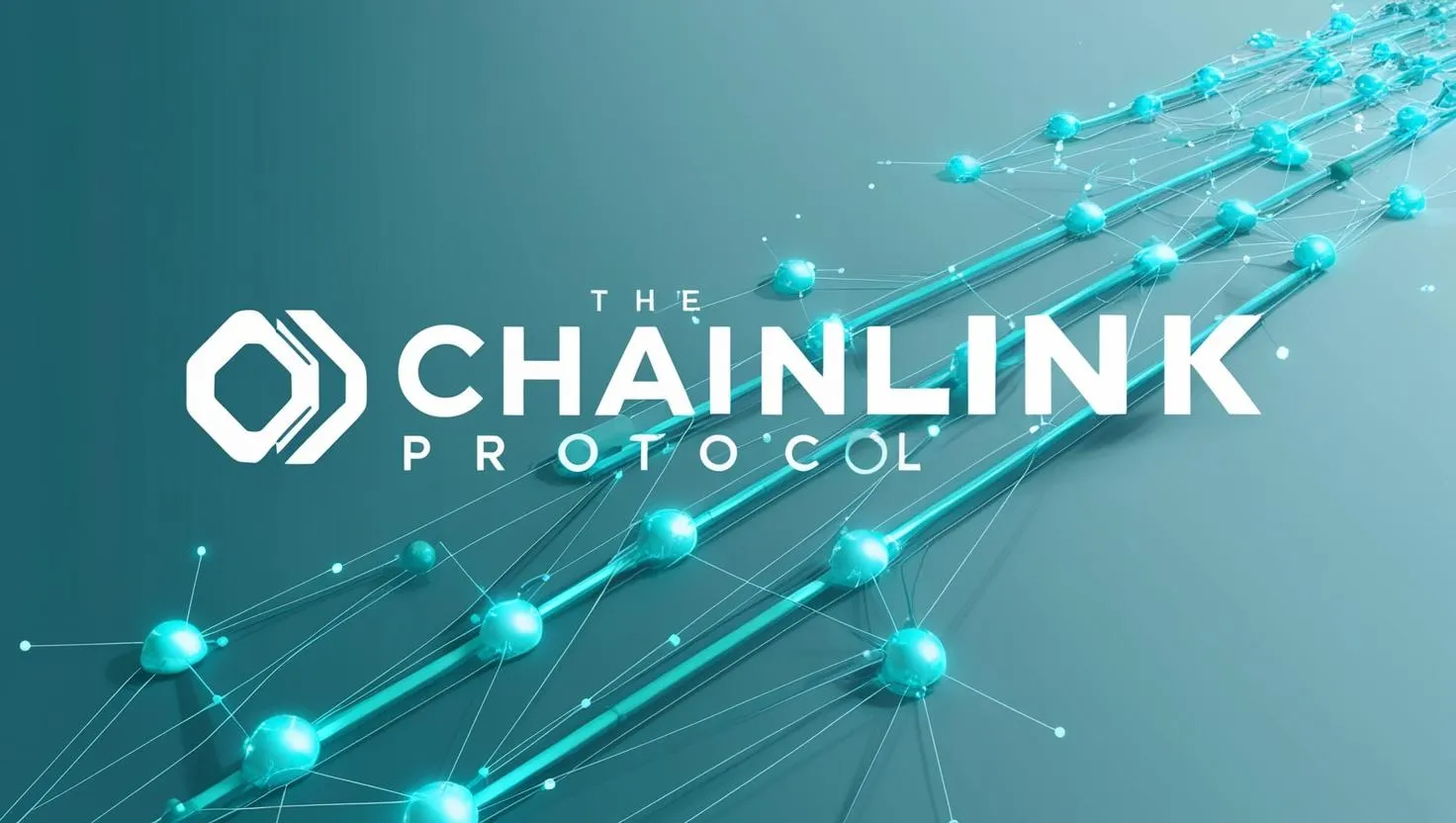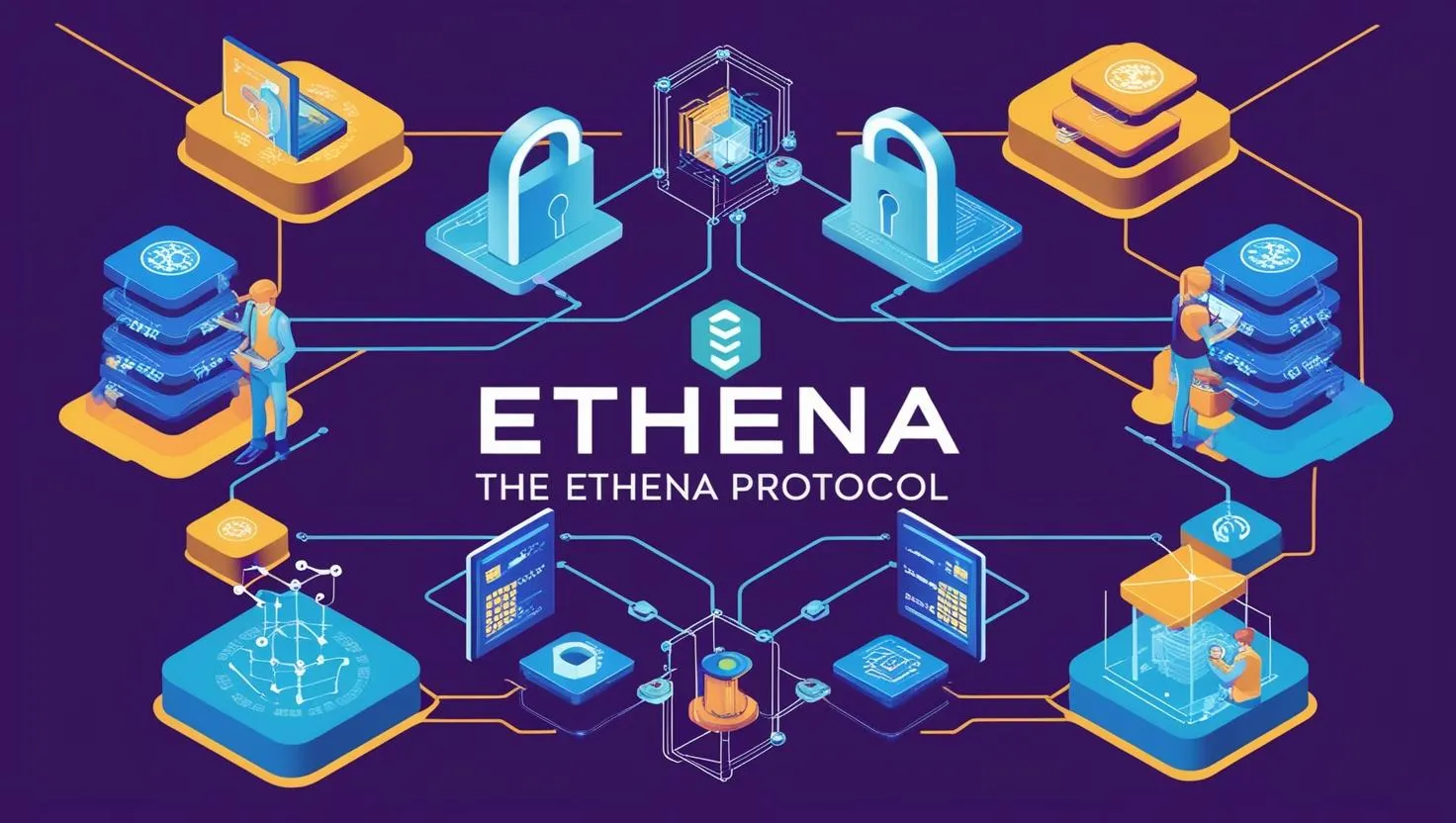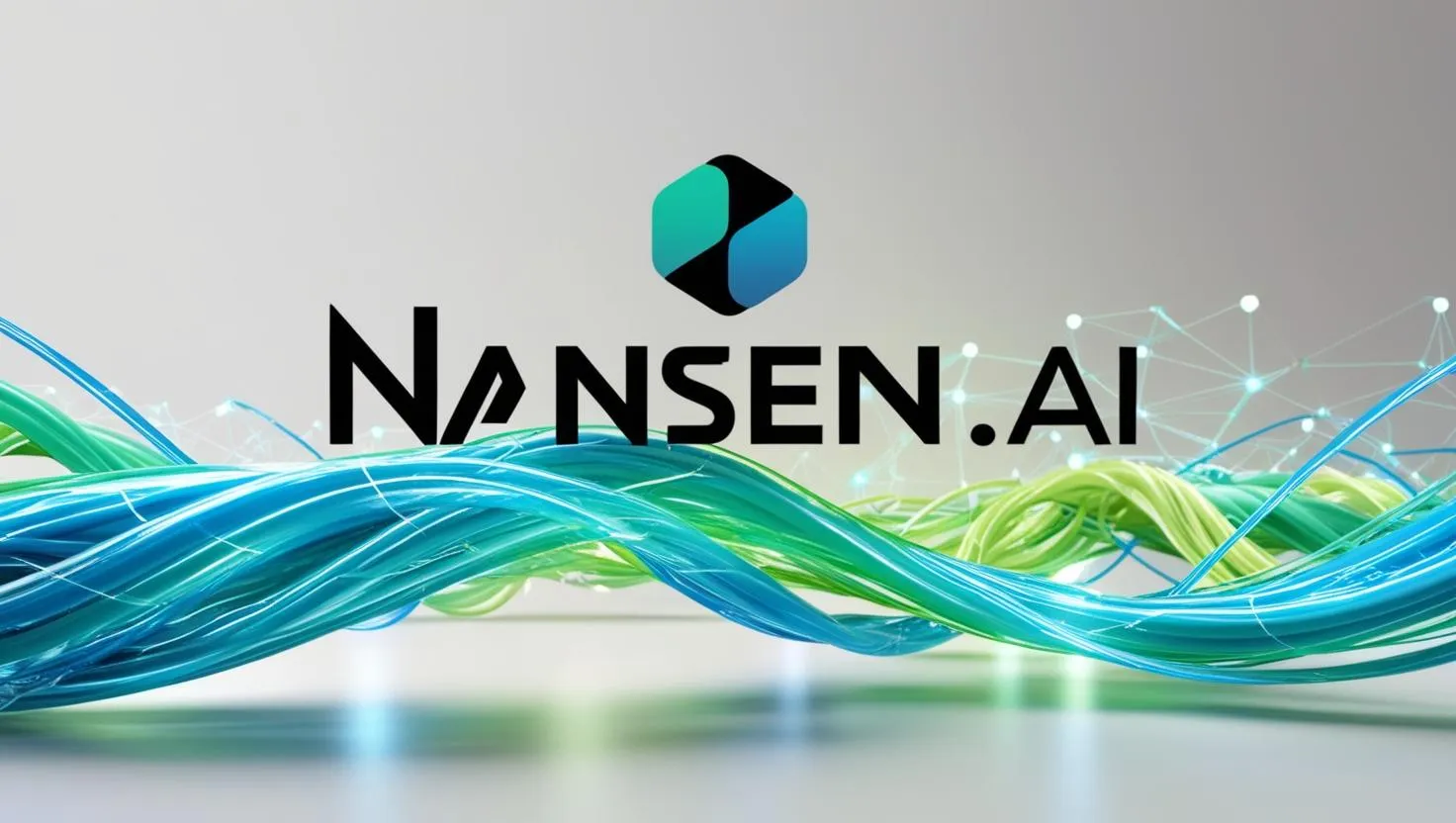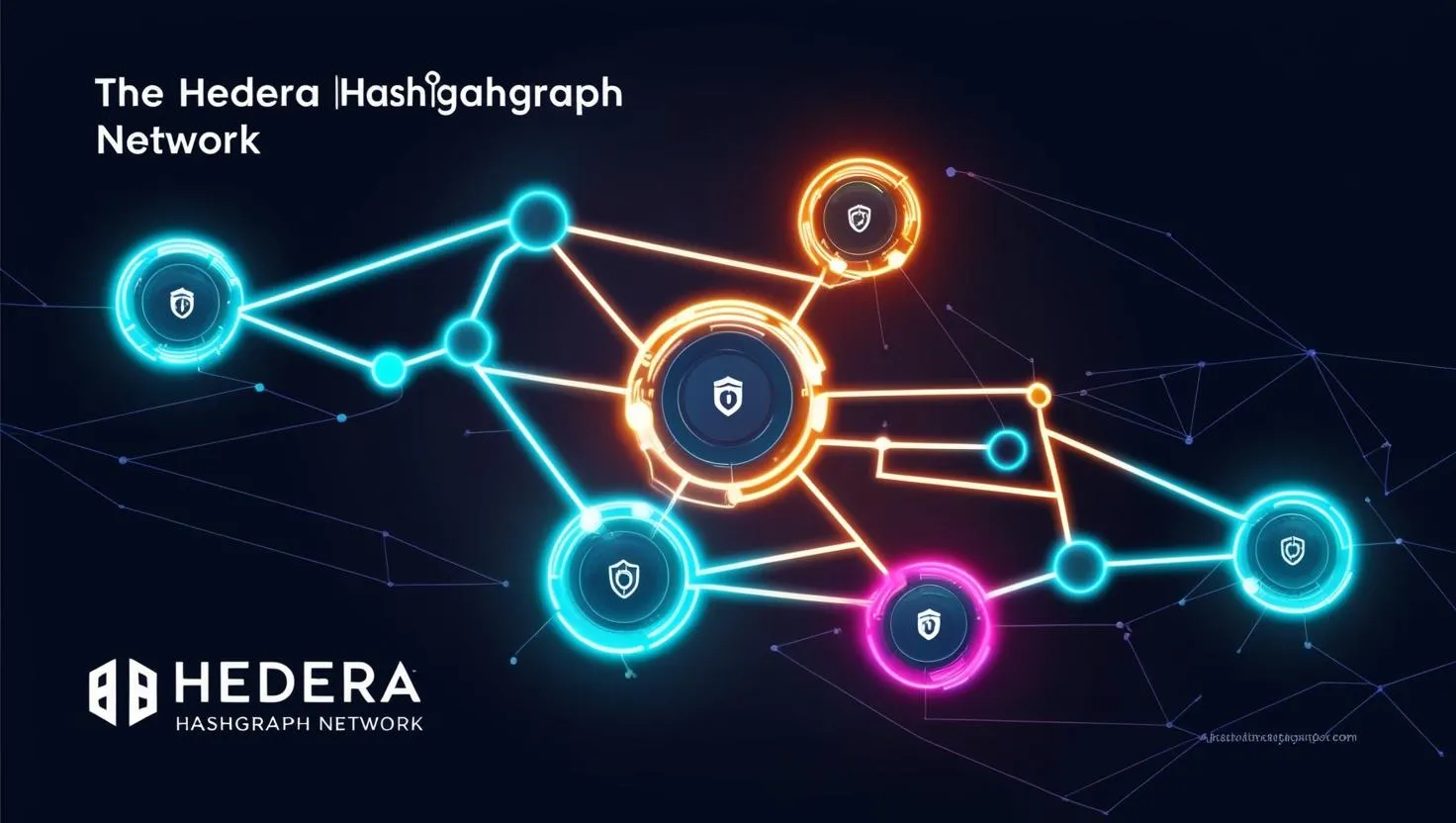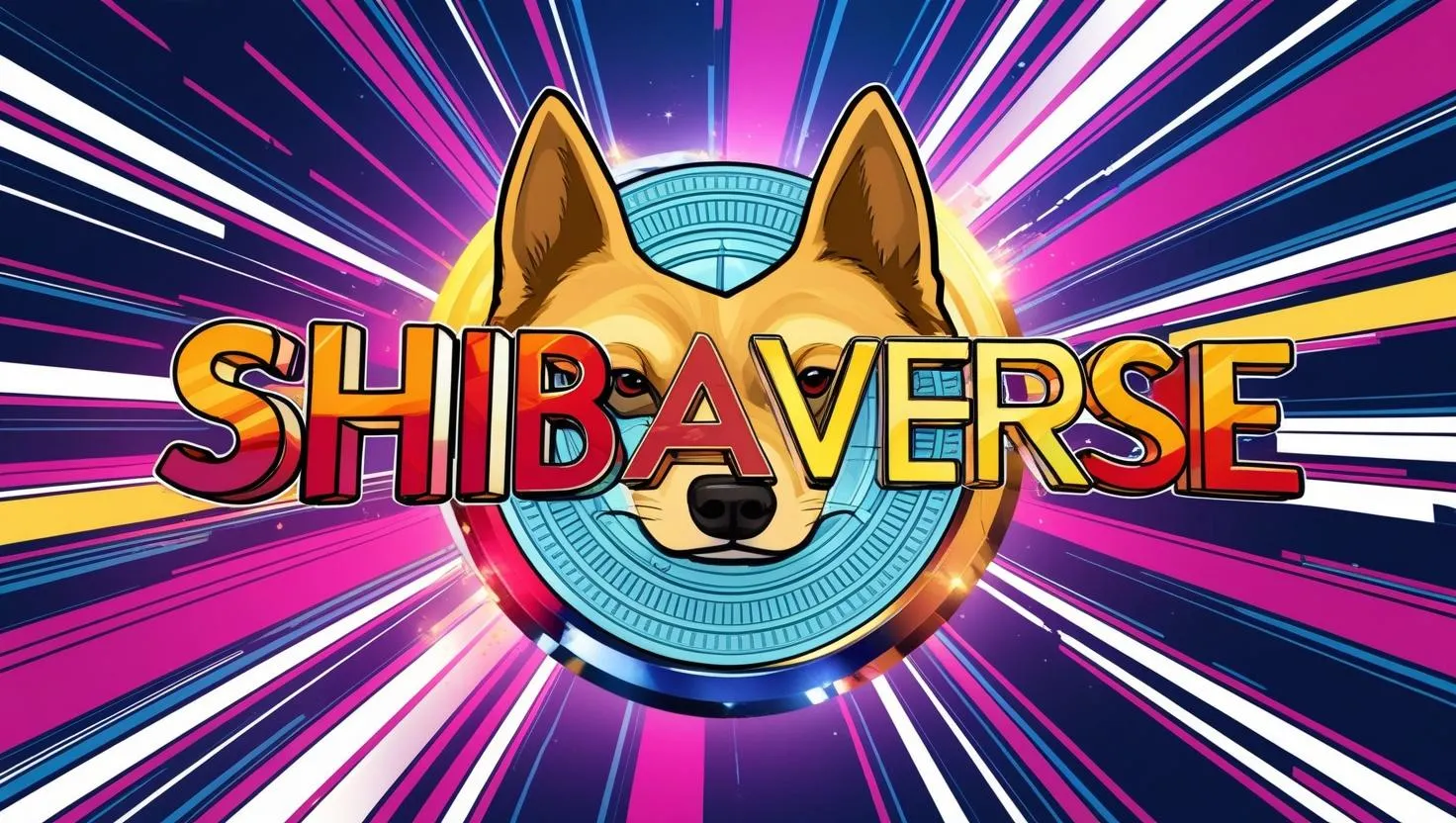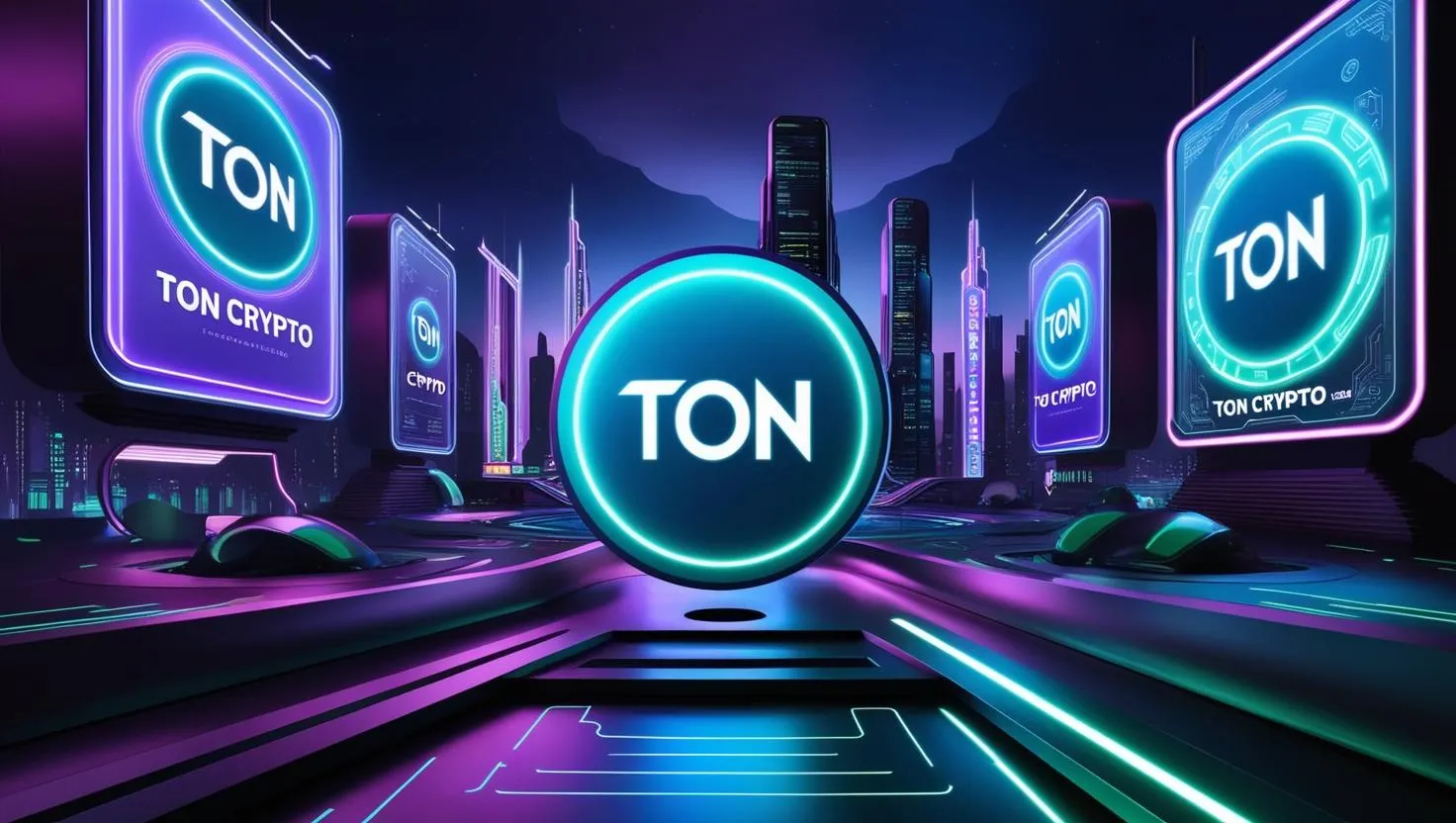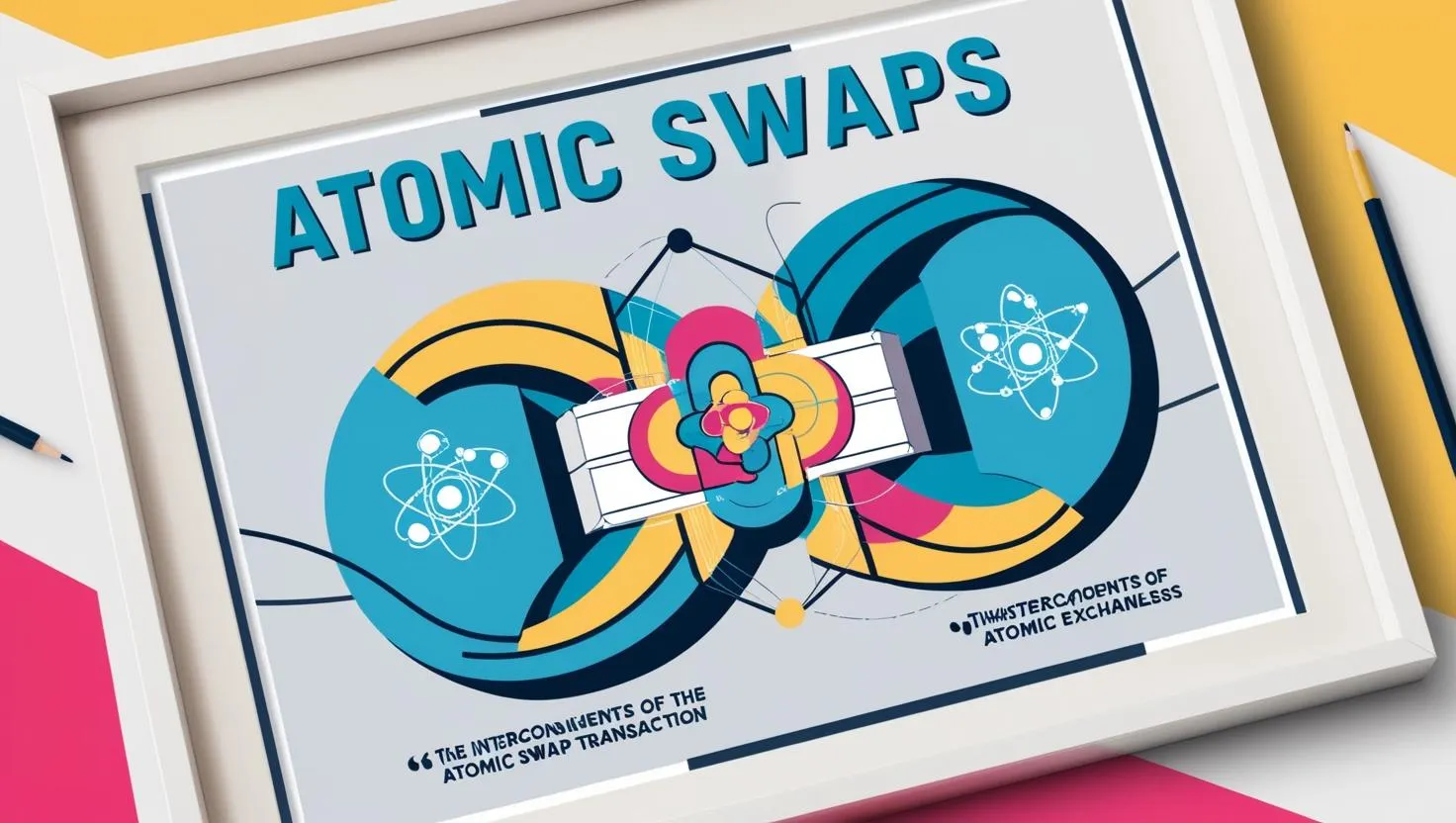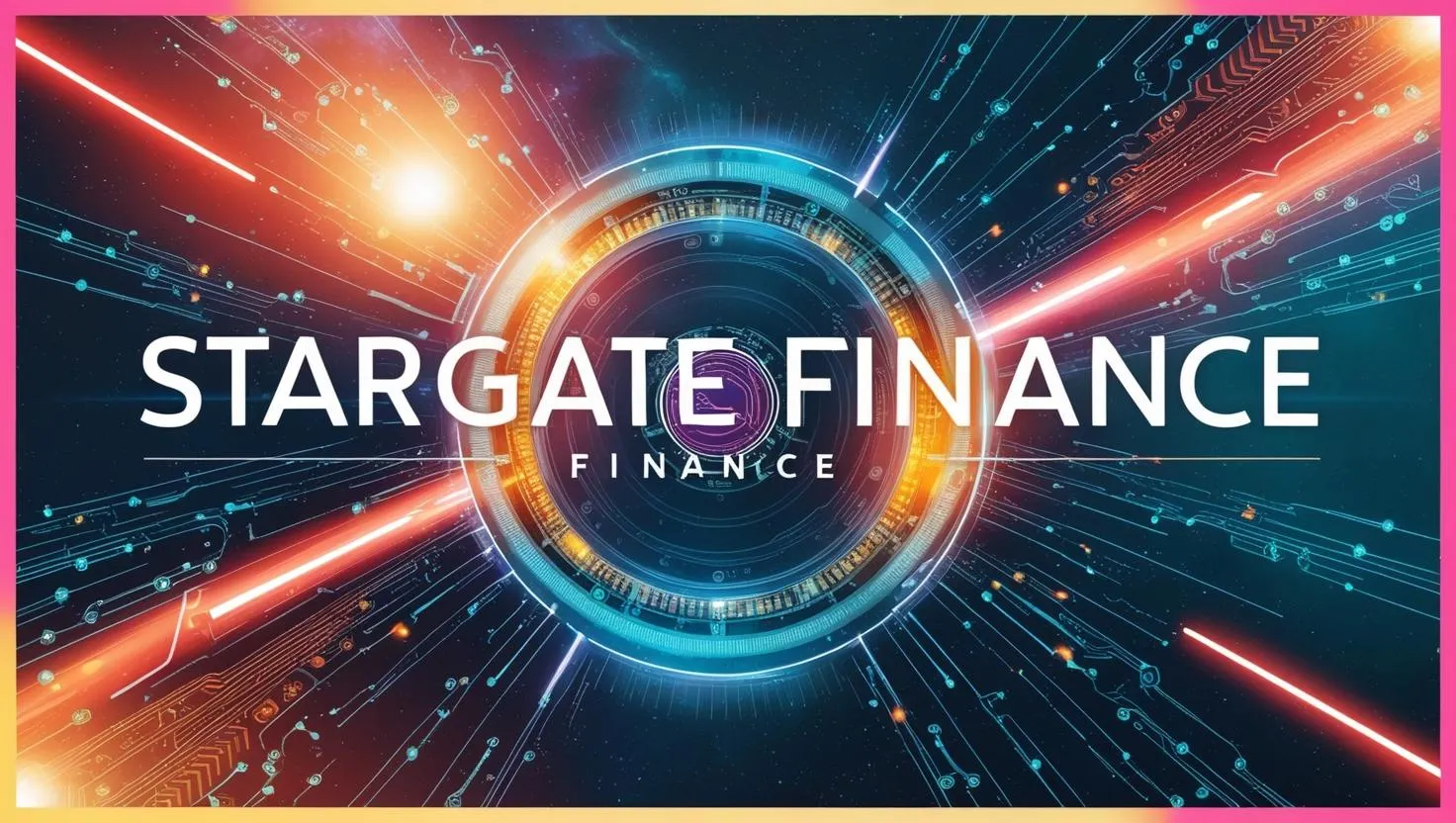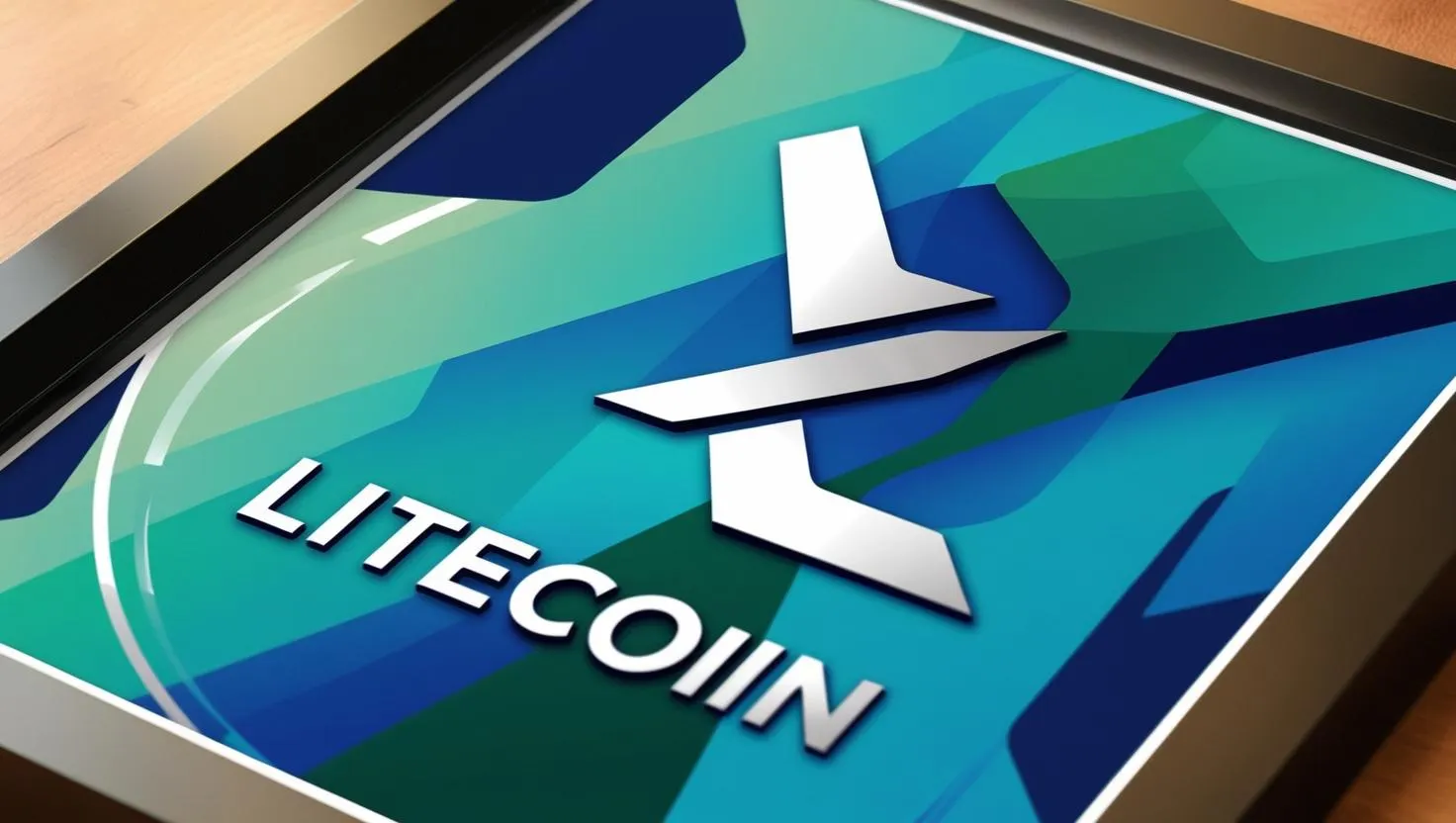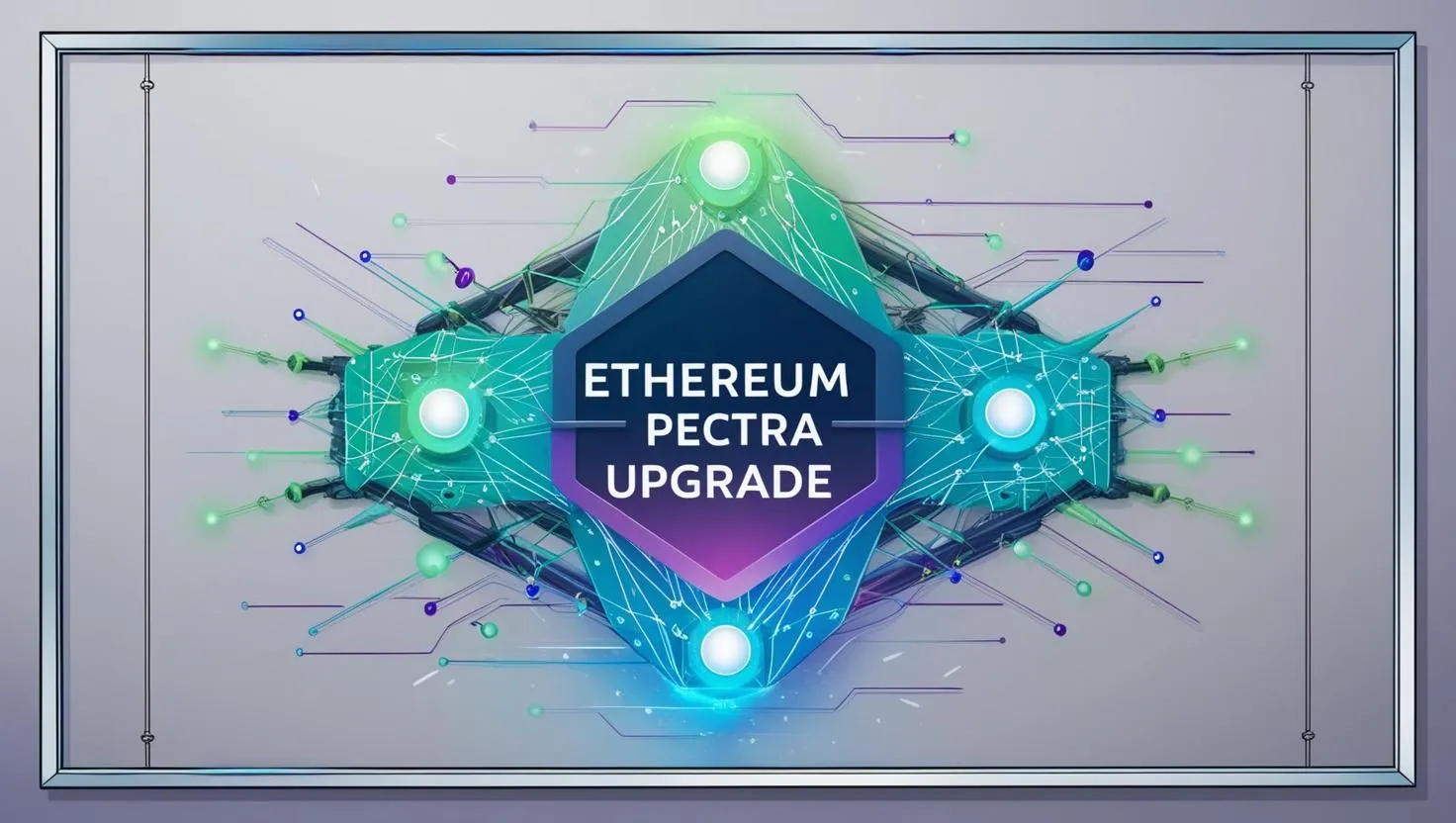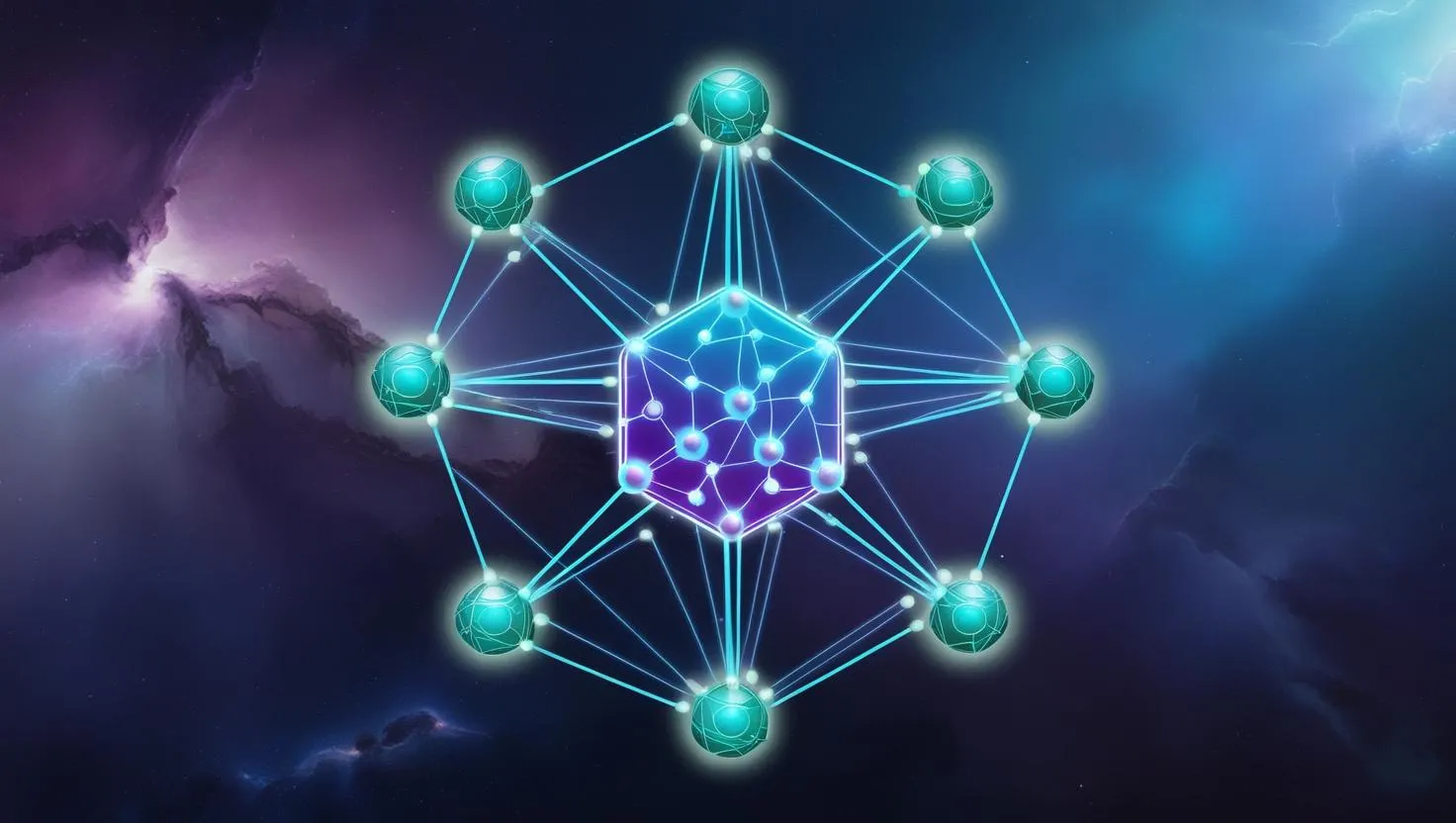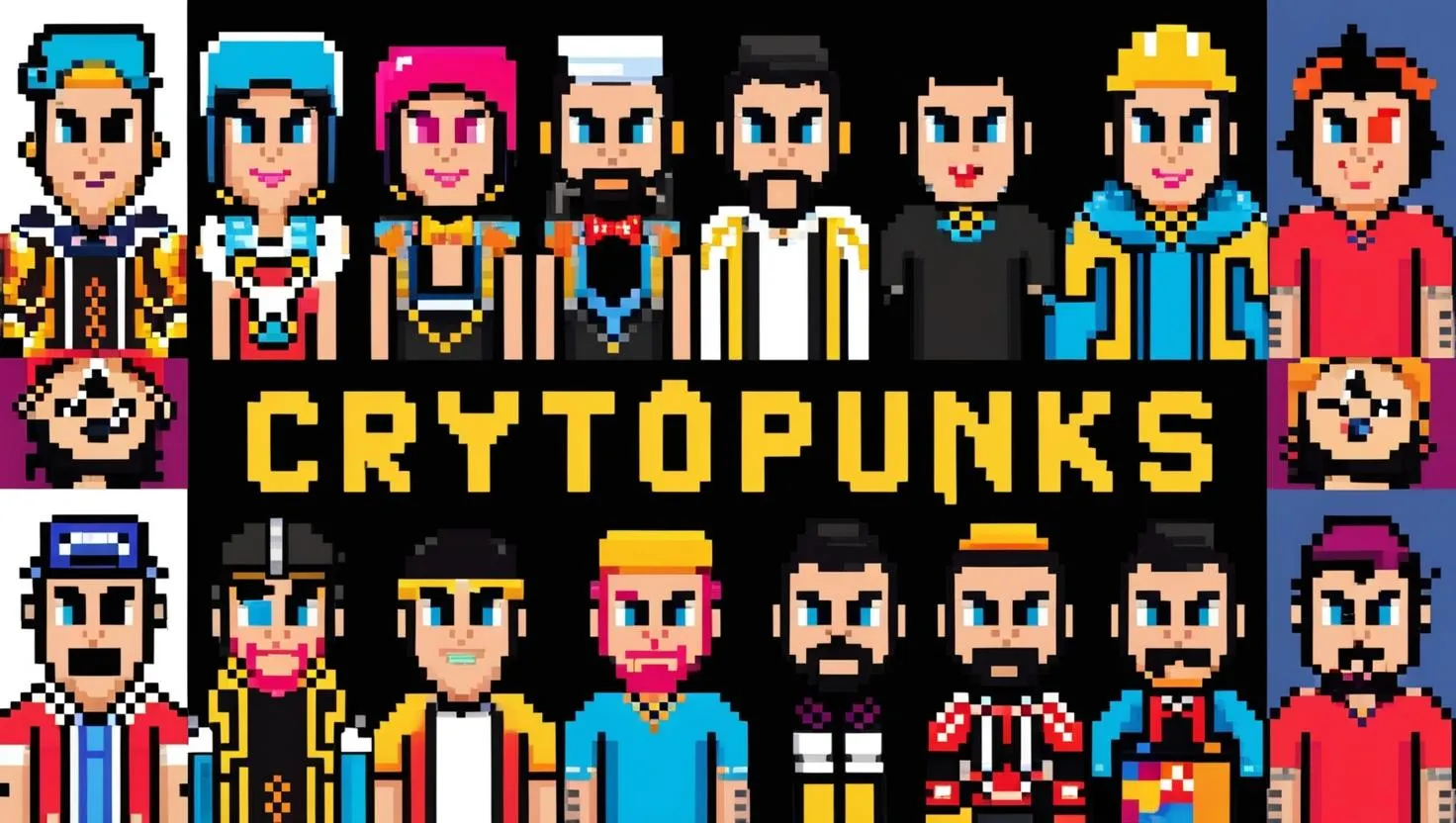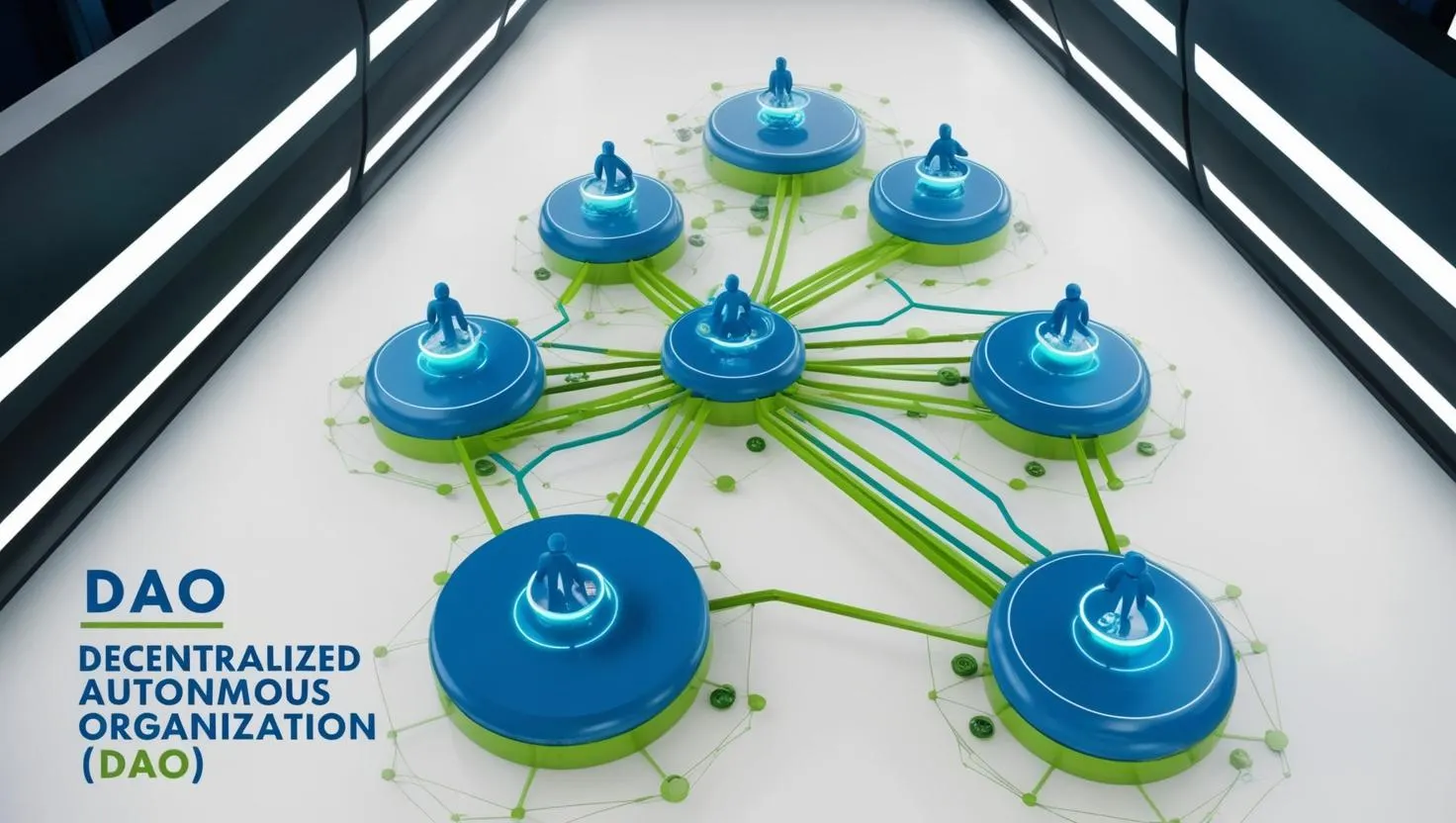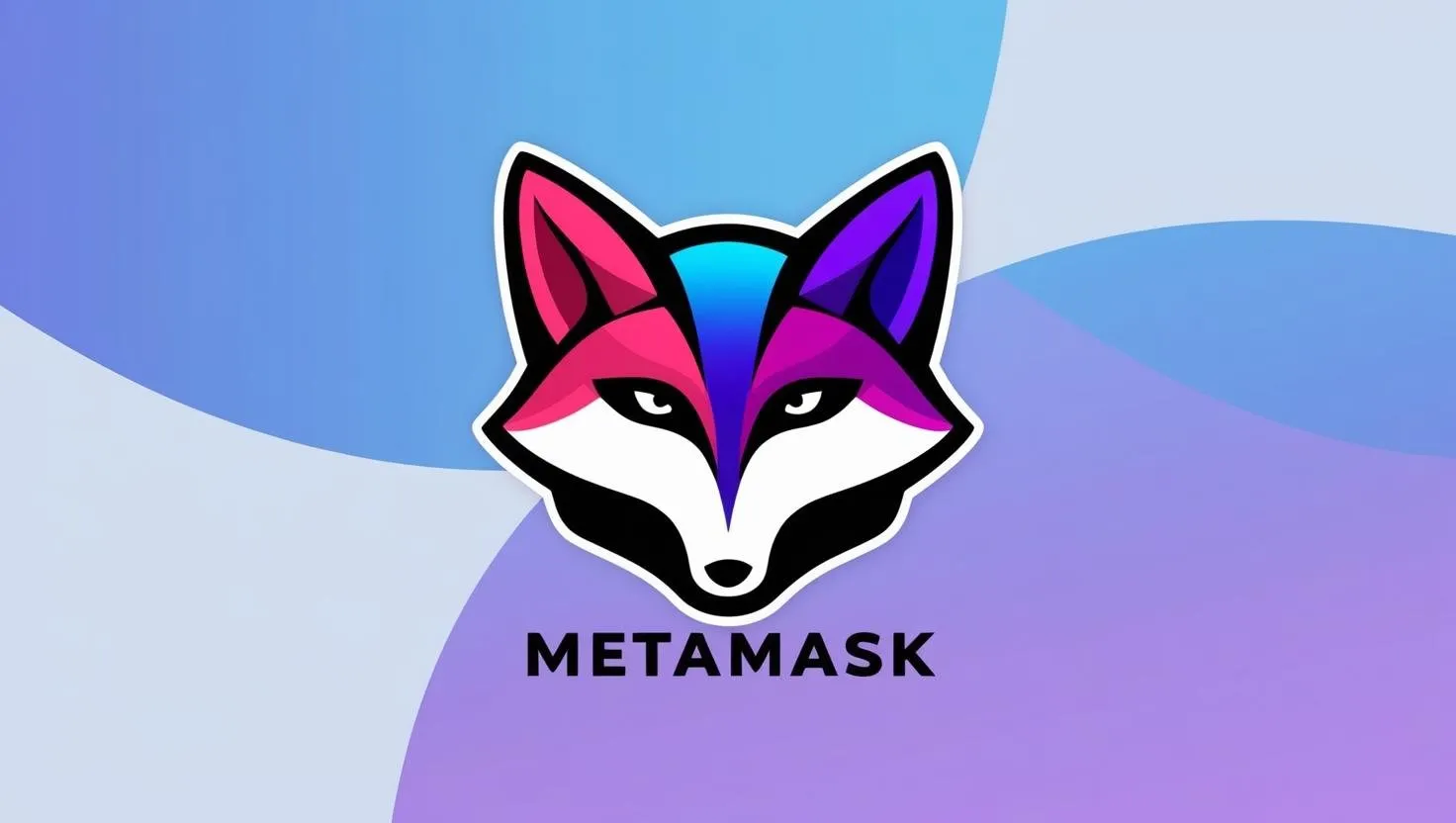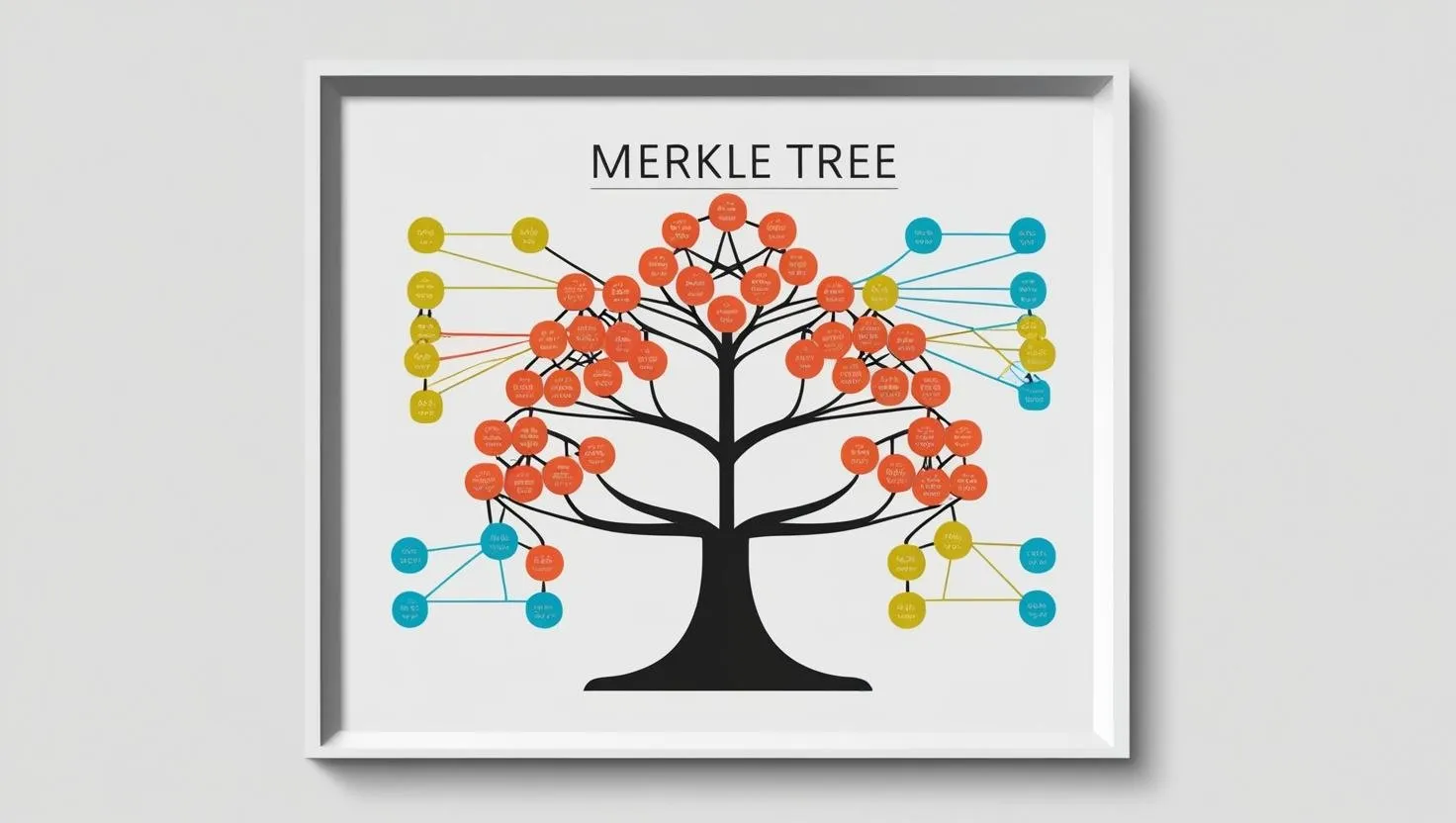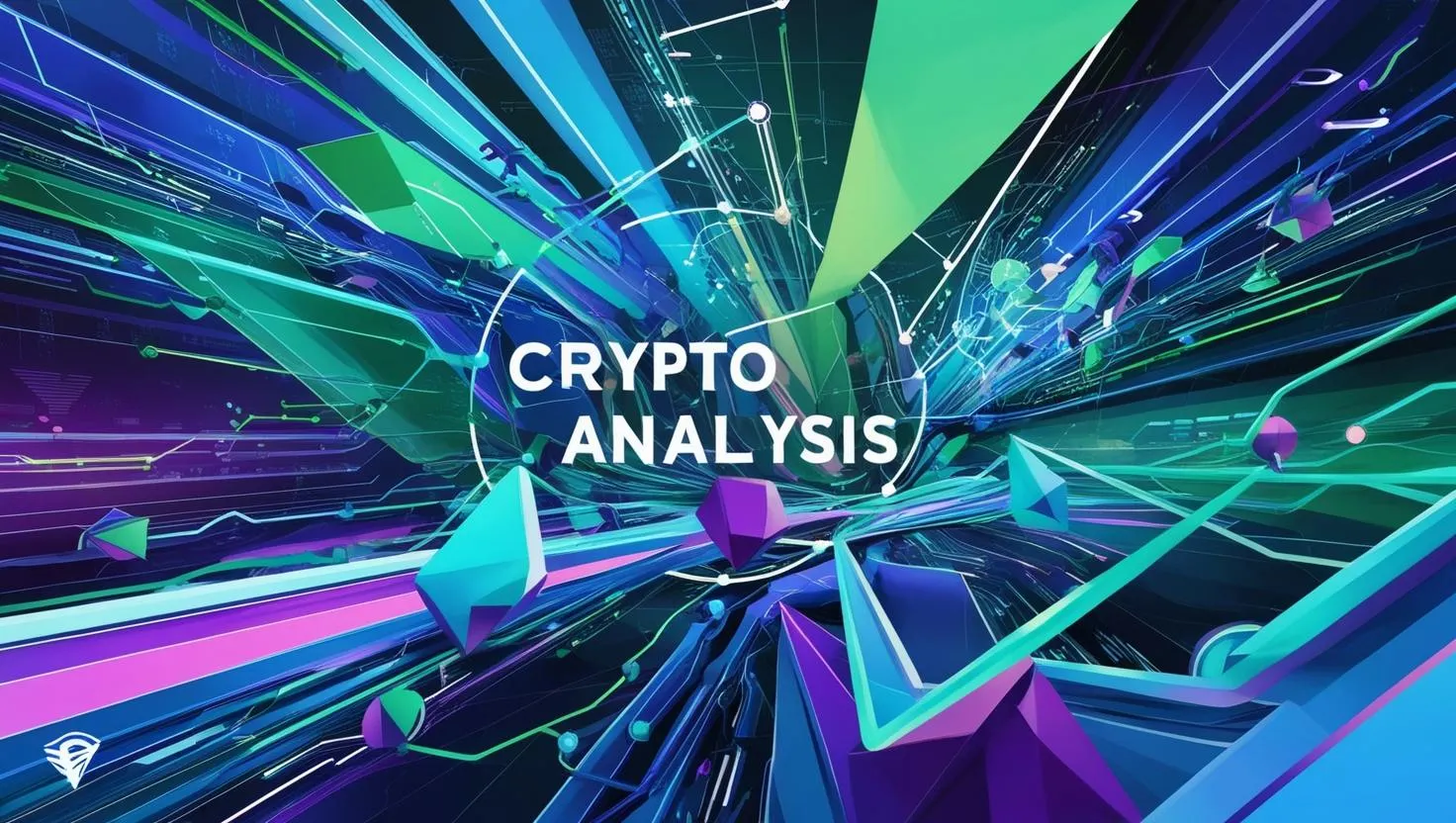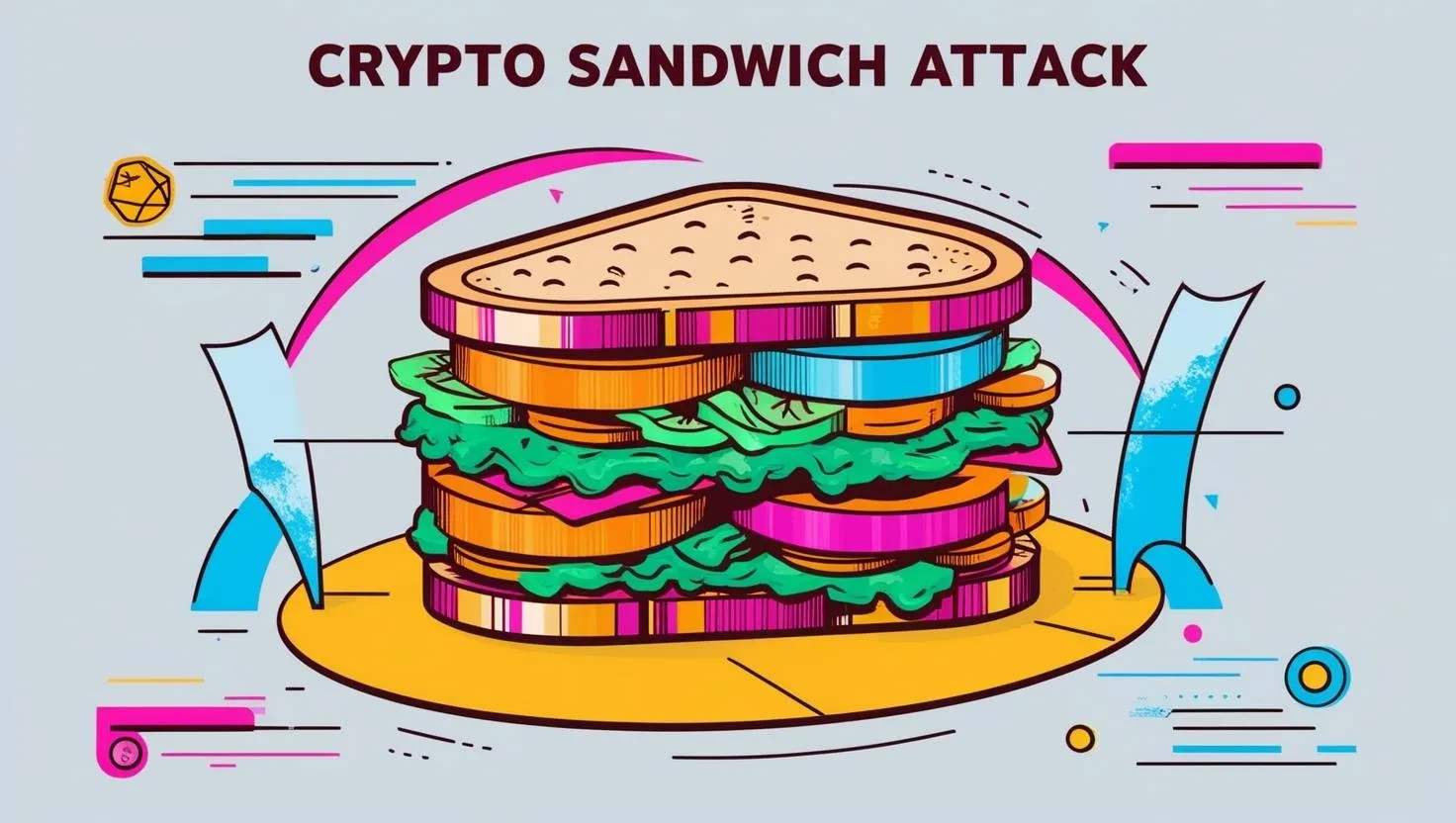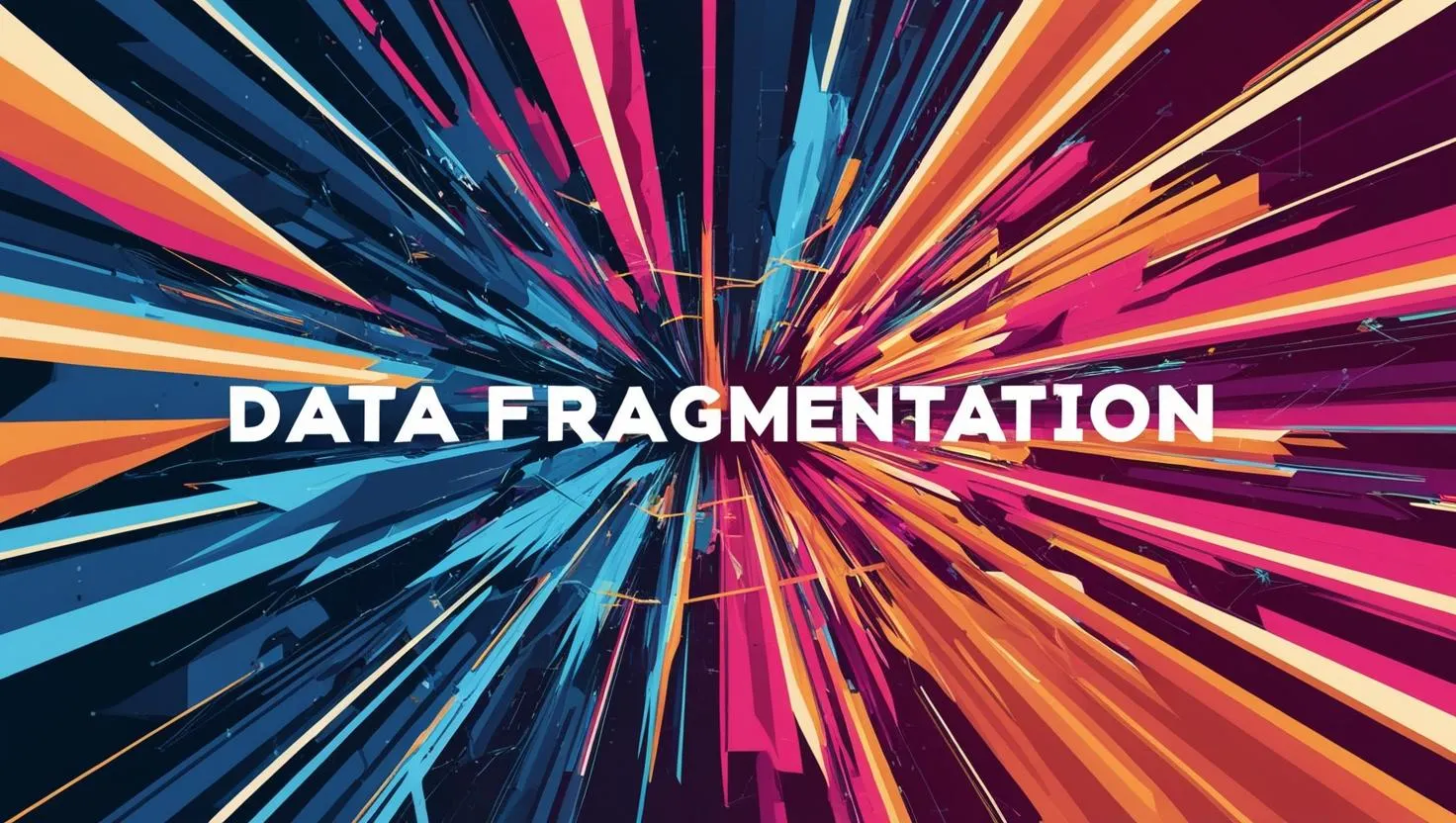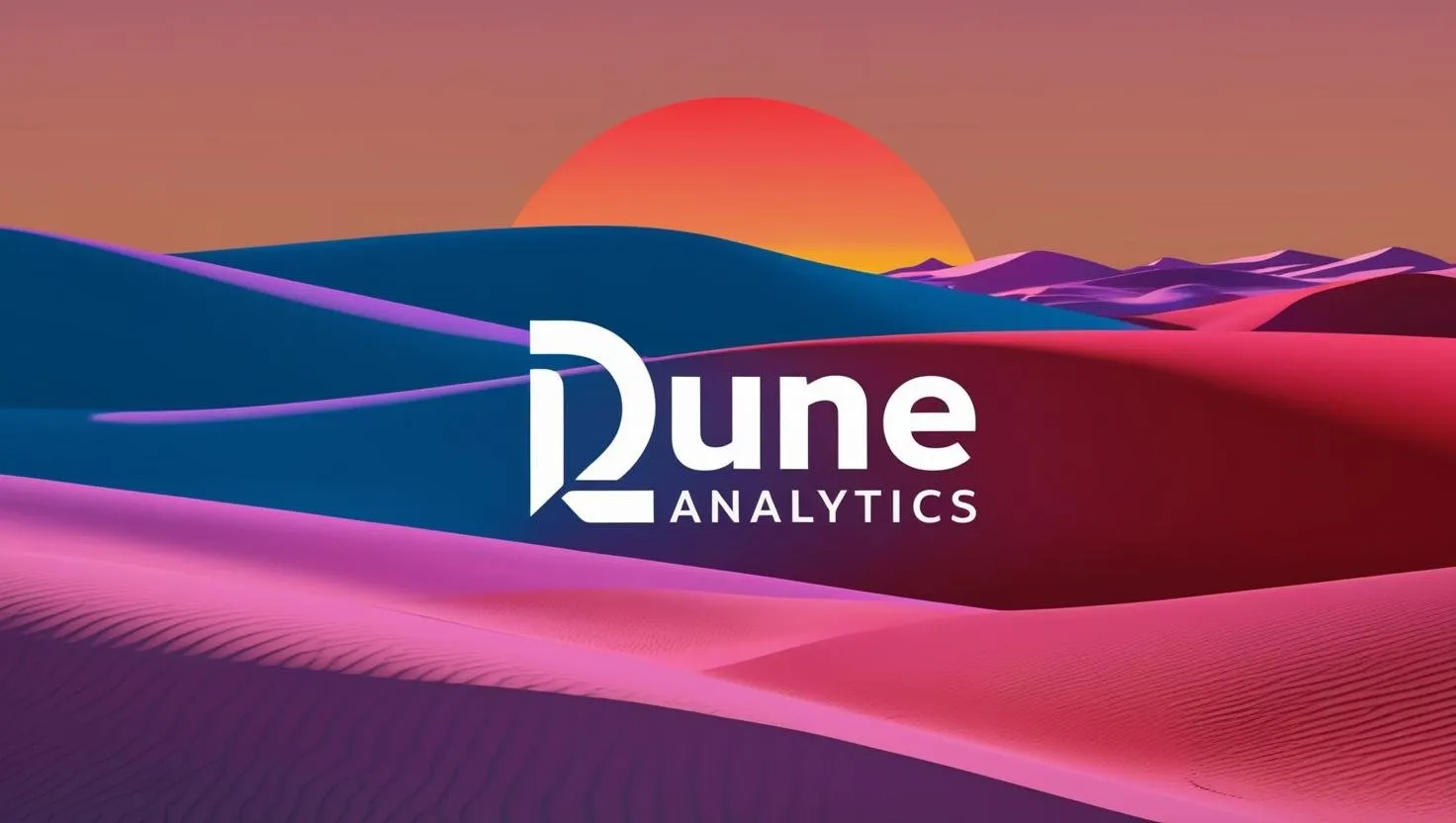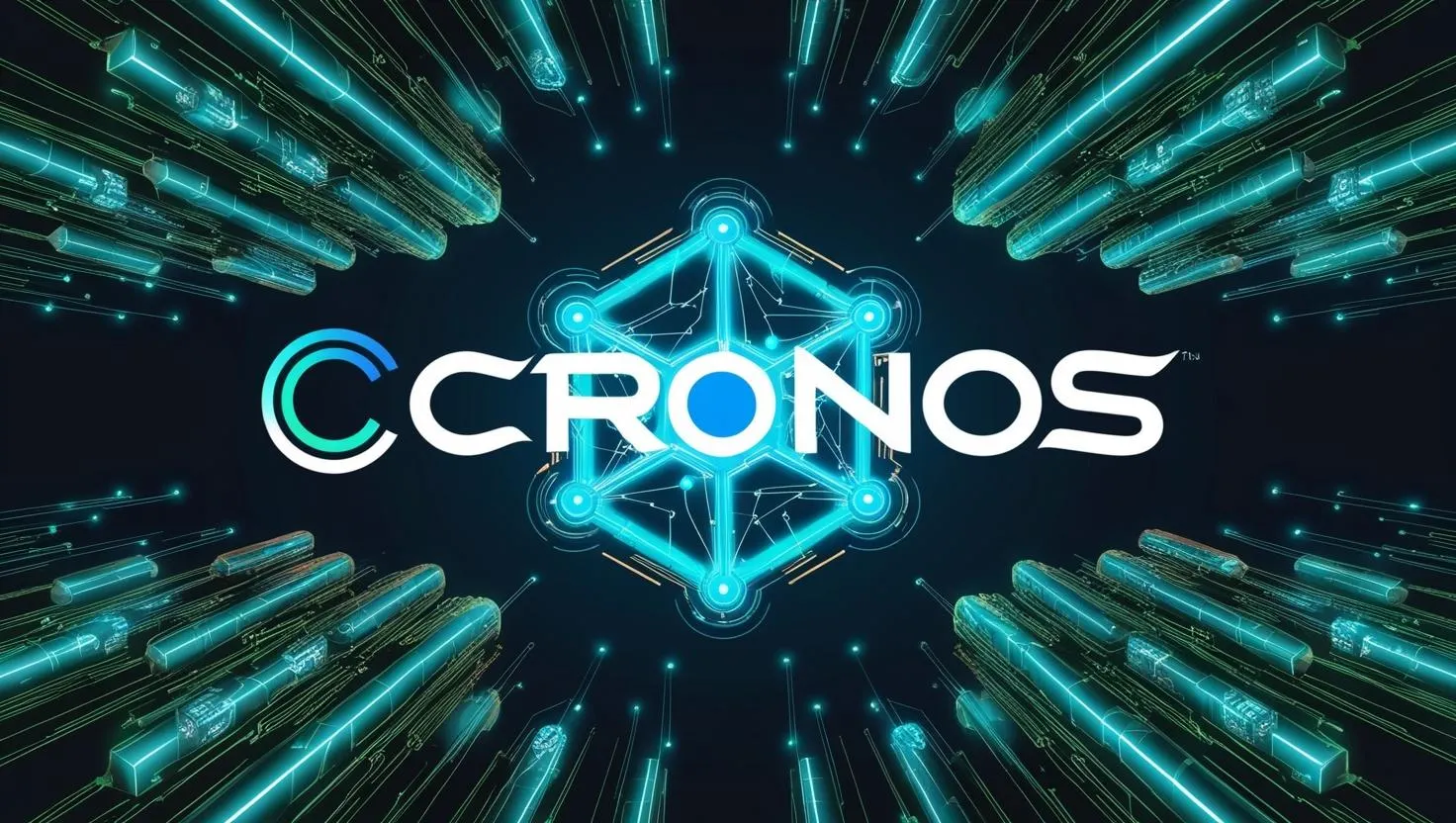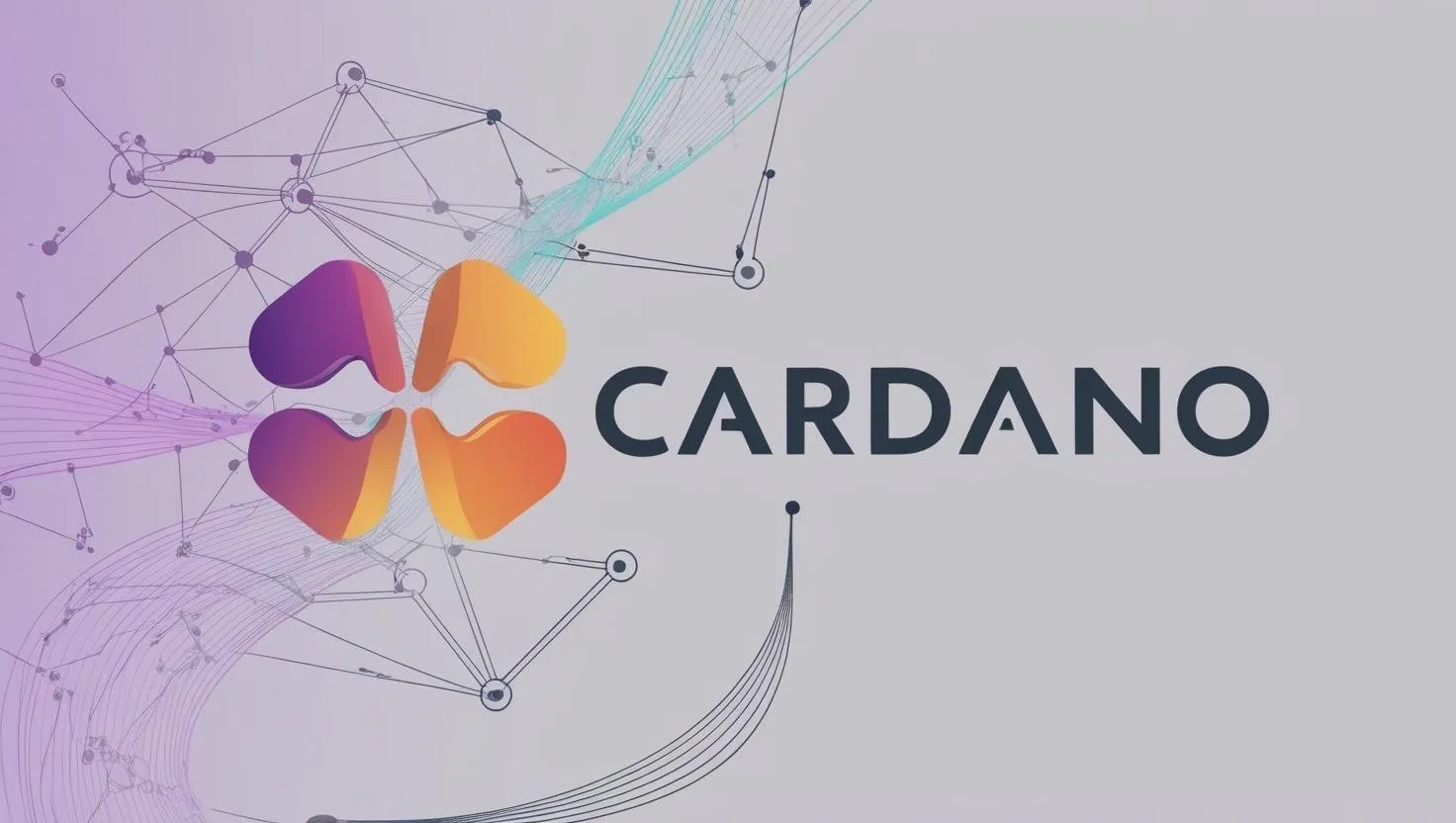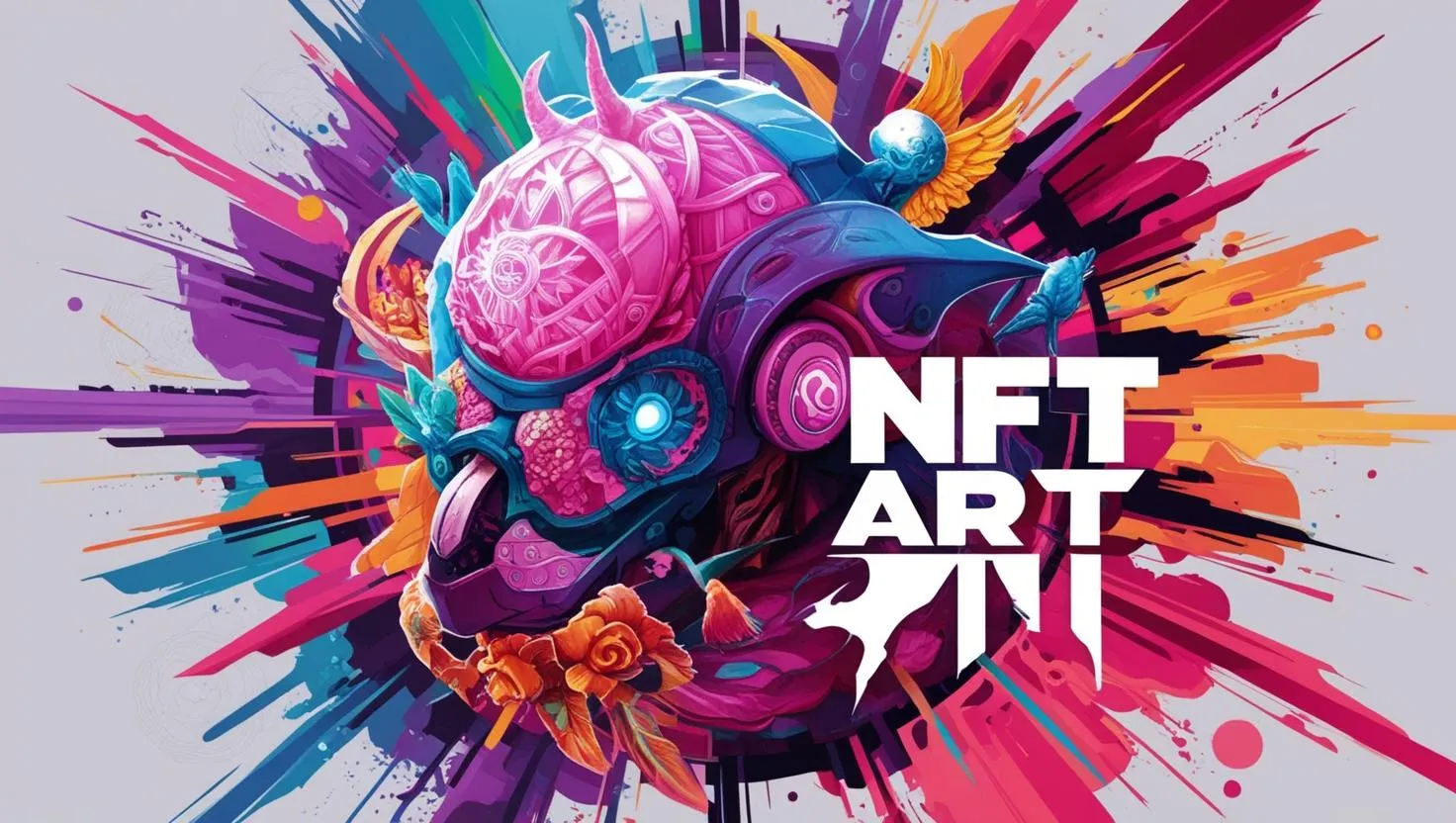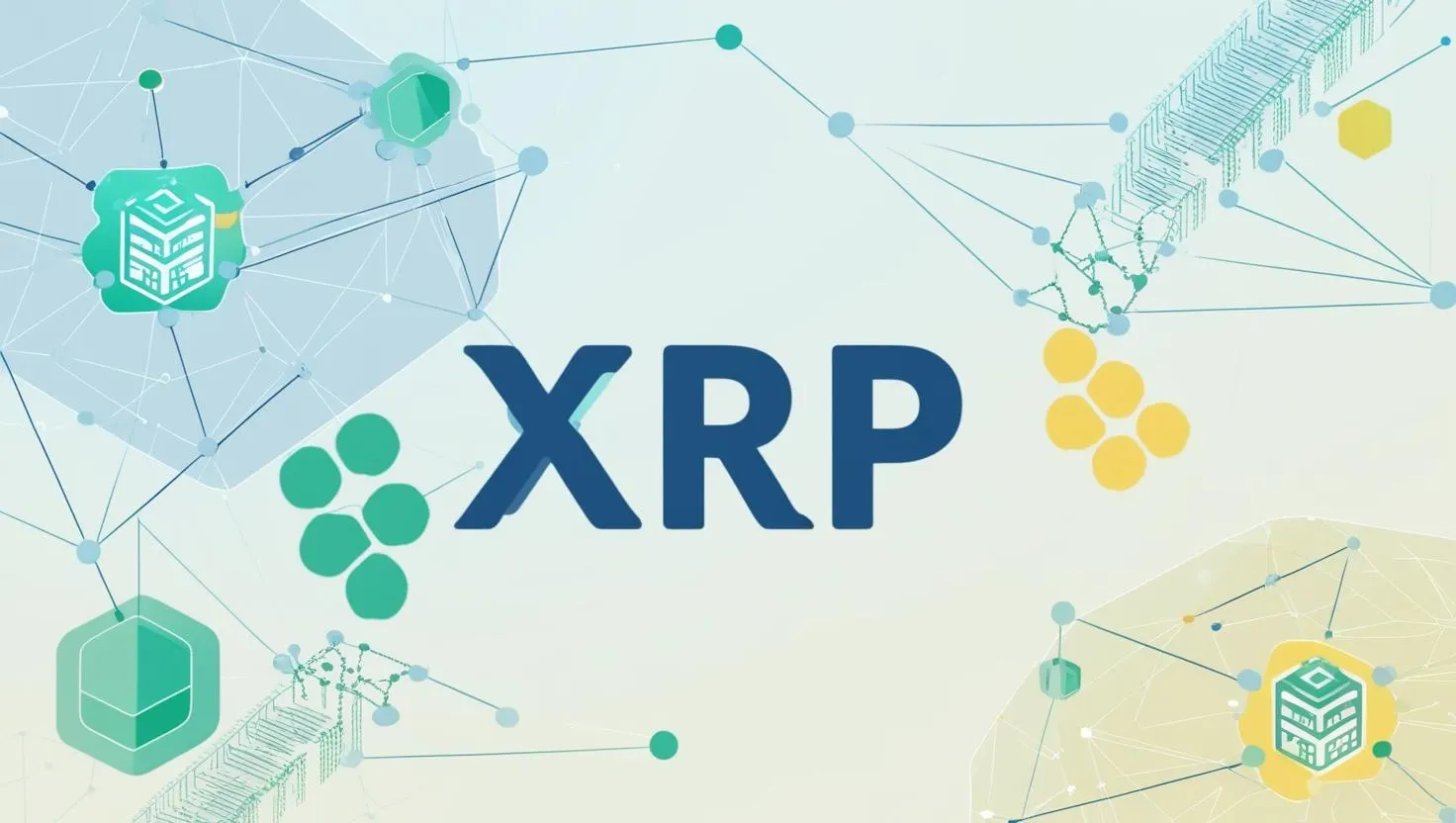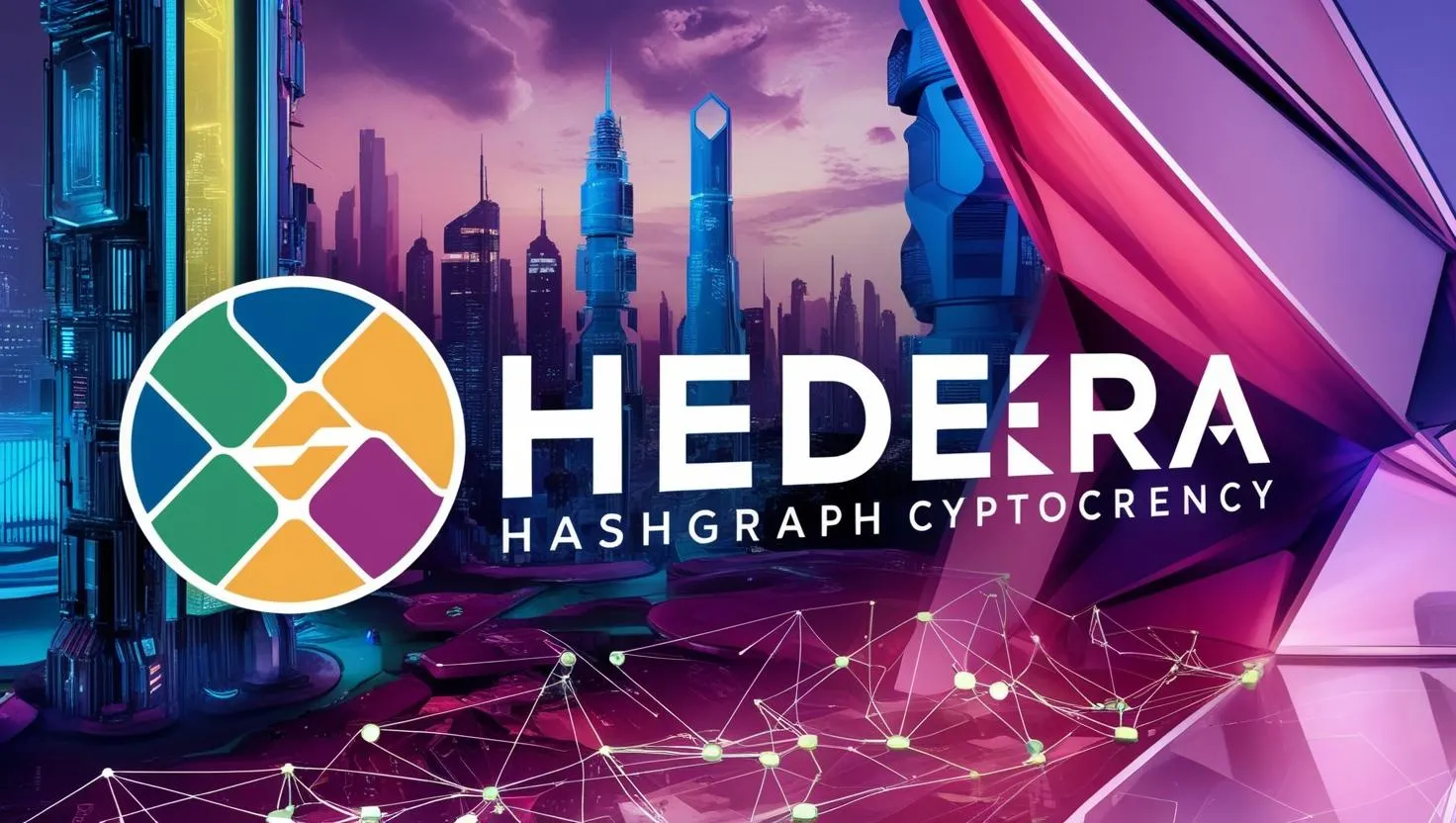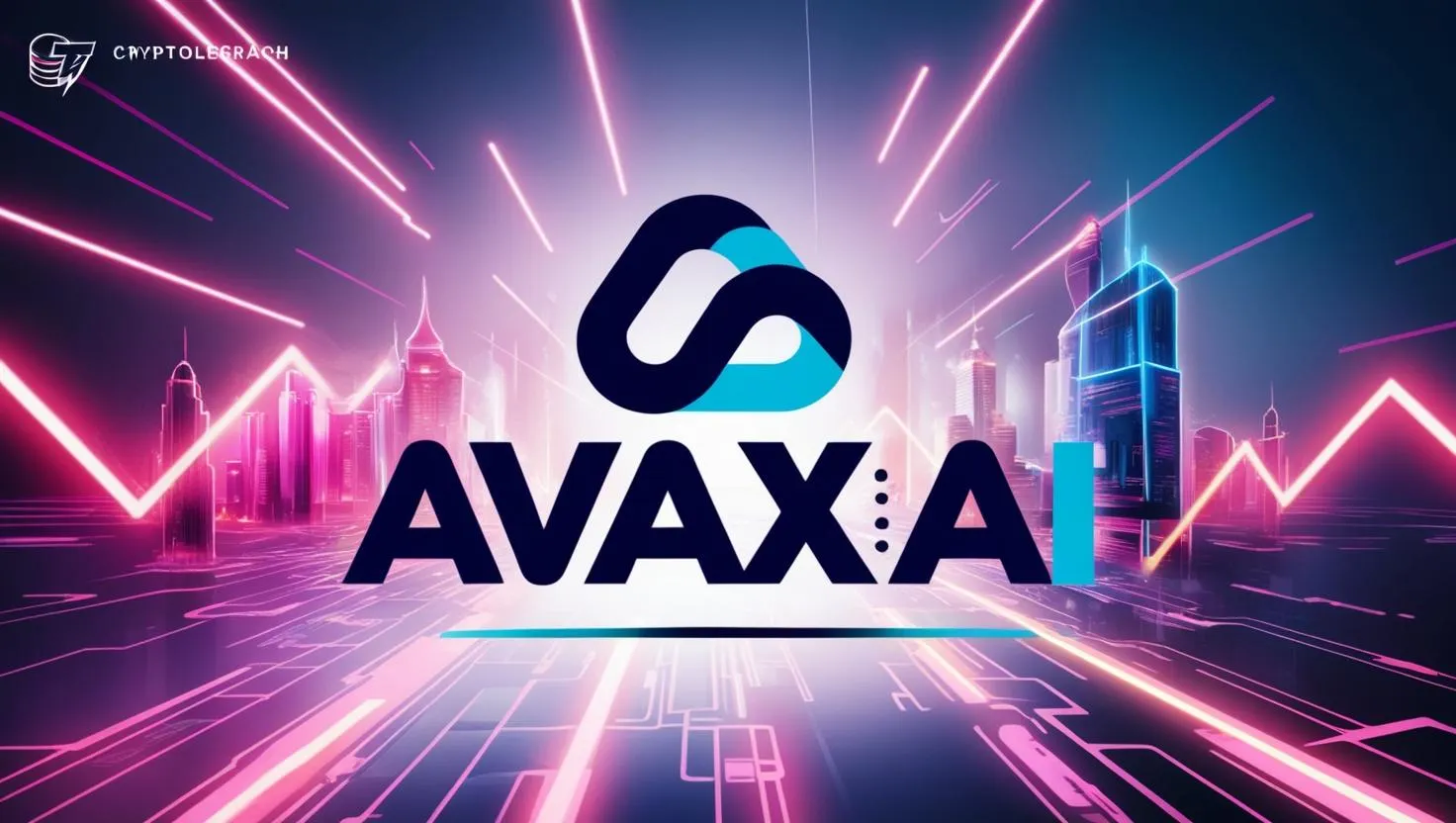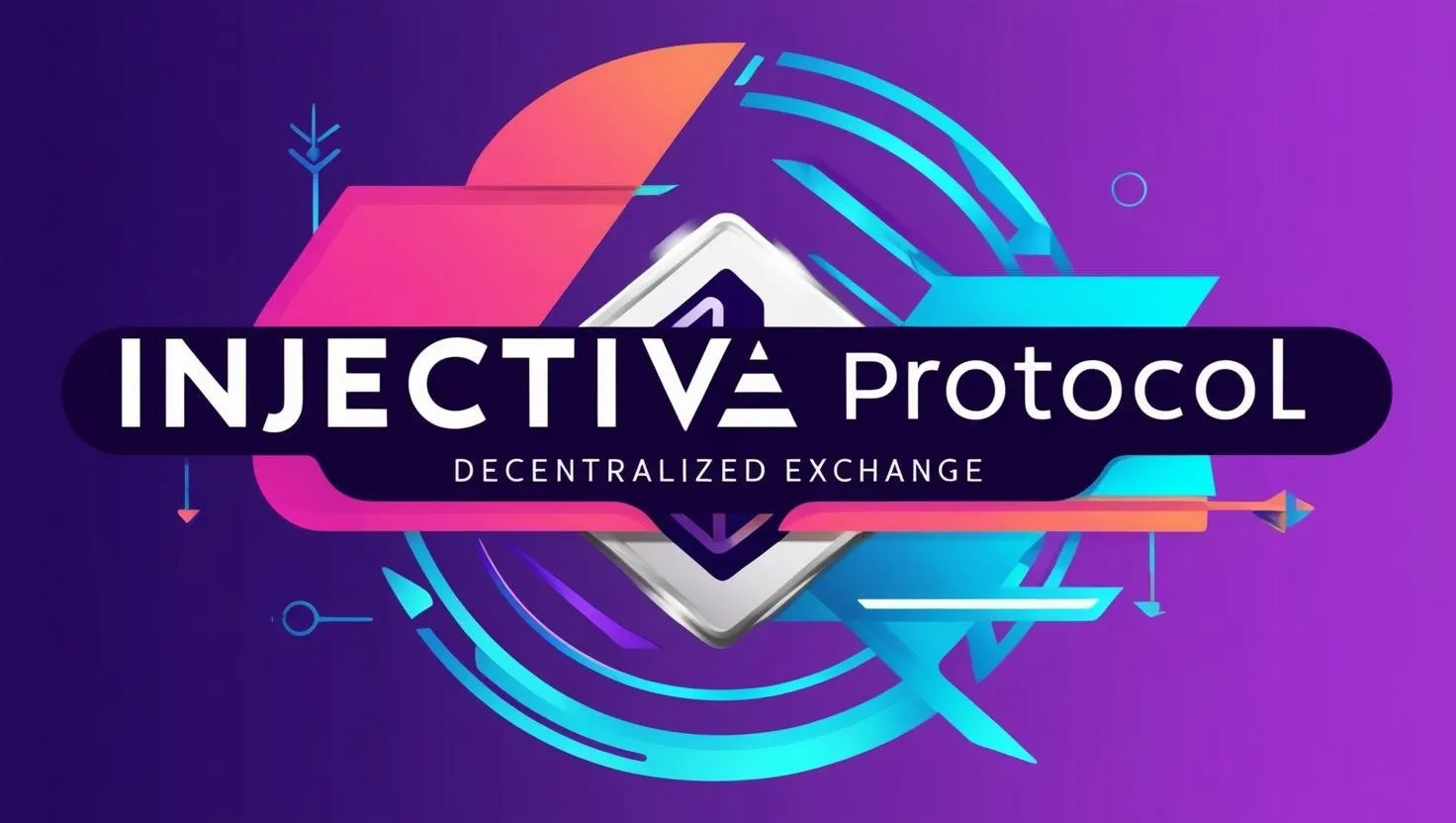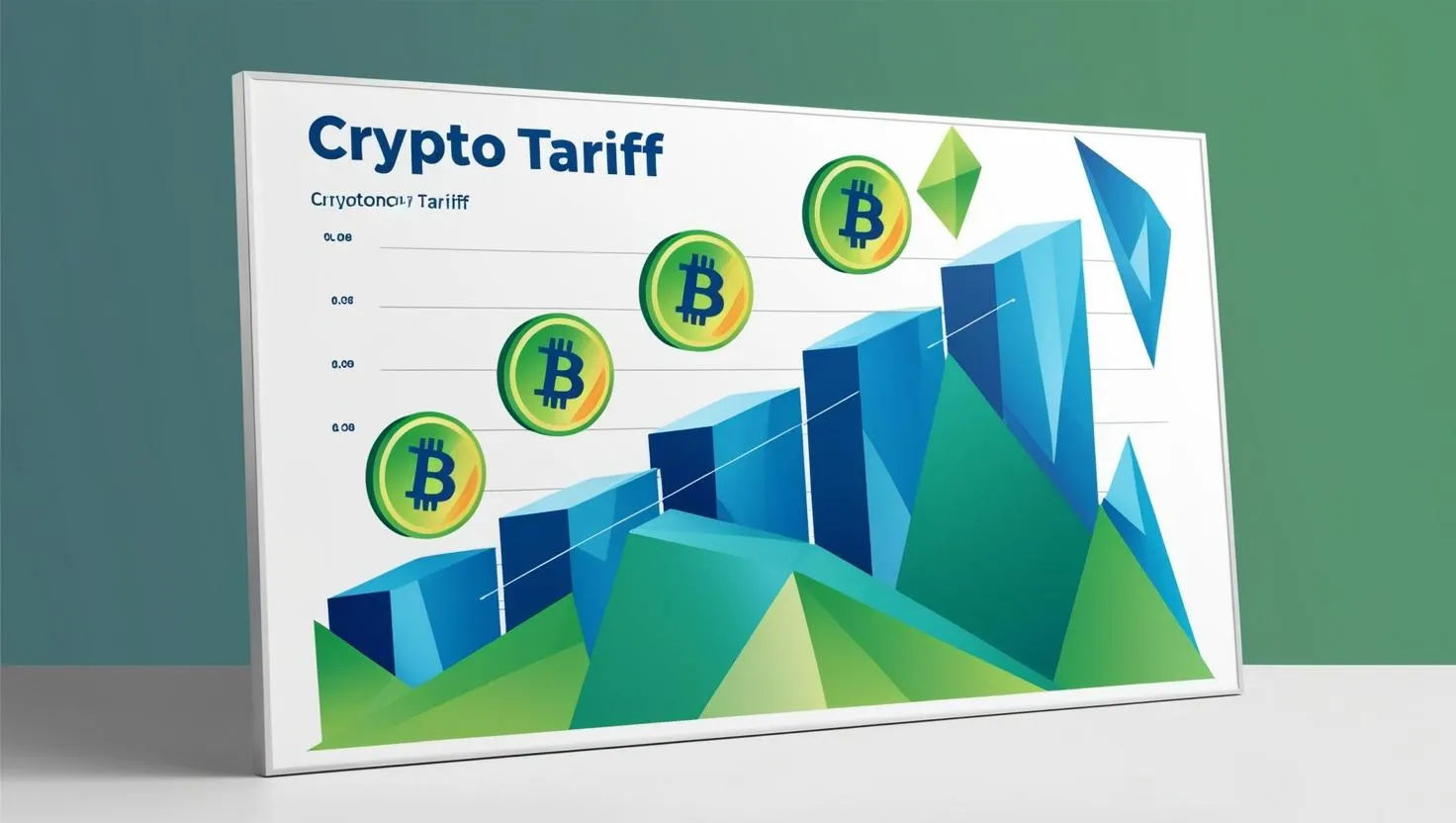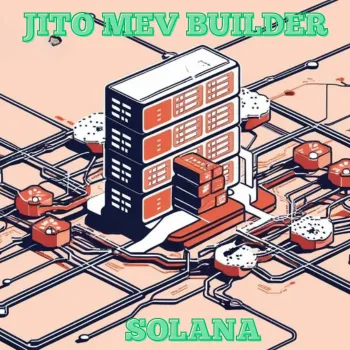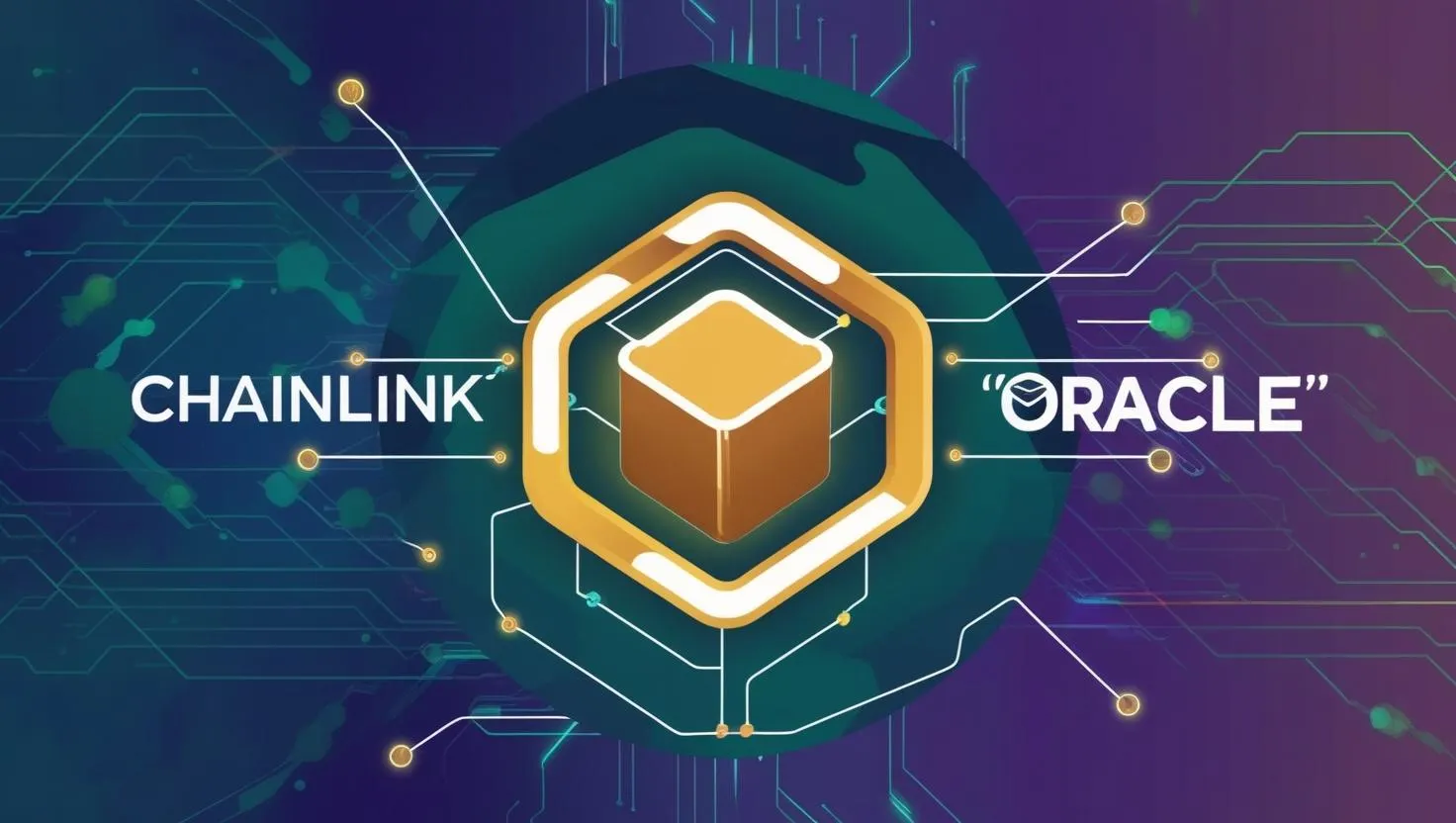Kaspa: The Speedy Blockchain Revolution You Need to Know About
Kaspa is a decentralized, open-source cryptocurrency designed to address some of the scalability and speed limitations found in traditional blockchain networks like Bitcoin. It was created with the goal of achieving high transaction throughput while maintaining security and decentralization. Kaspa introduces a novel approach to blockchain architecture through its use of the BlockDAG (Directed Acyclic Graph) structure, which differs significantly from the linear, single-chain model used by most cryptocurrencies.
Below, I’ll break down Kaspa in detail, covering its technology, features, consensus mechanism, use cases, and more.
Core Technology: BlockDAG
Kaspa’s most distinctive feature is its implementation of a BlockDAG instead of a traditional blockchain. In a typical blockchain (e.g., Bitcoin or Ethereum), blocks are added sequentially in a single chain, and only one block can be added at a time.
This creates a bottleneck, limiting transaction throughput.
- What is a BlockDAG?
- A Directed Acyclic Graph (DAG) is a data structure where nodes (in this case, blocks) are connected in a way that forms a graph without cycles, meaning there’s no way to loop back to a previous node.
- In Kaspa, multiple blocks can be created and added to the network simultaneously, as long as they reference previous blocks correctly. This allows for parallel block processing, significantly increasing the network’s capacity.
- How It Works:
- Instead of a single chain, Kaspa’s BlockDAG allows miners to include multiple valid blocks in the ledger at the same time. These blocks reference one or more parent blocks, forming a mesh-like structure.
- Transactions within these blocks are ordered and validated using a mechanism called GHOSTDAG (more on this below), ensuring consensus and preventing double-spending.
- Advantages:
- High Throughput: Kaspa can process many transactions per second (TPS), with a theoretical target of up to 32 blocks per second (and even higher in the future), compared to Bitcoin’s 7 TPS or Ethereum’s 15-30 TPS.
- Fast Confirmation Times: Transactions are confirmed almost instantly (typically within seconds), making it suitable for real-time applications.
- Scalability: The BlockDAG structure inherently scales better than a linear blockchain as network usage grows.
Consensus Mechanism: GHOSTDAG
Kaspa uses a protocol called GHOSTDAG (Greedy Heaviest Observed Sub-Tree Directed Acyclic Graph) to achieve consensus across its BlockDAG structure. This is an evolution of the GHOST protocol proposed for Bitcoin in 2013.
- How GHOSTDAG Works:
- When multiple blocks are created simultaneously, GHOSTDAG evaluates the "heaviest" subtree of blocks (based on proof-of-work weight) to determine the canonical order of transactions.
- It ensures that all honest blocks (those created by miners following the rules) are included in the ledger, rather than discarded as "orphans" (as happens in Bitcoin when two miners solve a block at the same time).
- This inclusion of parallel blocks maximizes efficiency and fairness for miners.
- Key Benefits:
- Reduces wasted computational effort by incorporating all valid blocks into the DAG.
- Maintains security by ensuring that the heaviest chain (the one with the most cumulative work) is the one the network follows.
- Prevents attacks like double-spending by enforcing a consistent transaction order.
Proof-of-Work (PoW)
Like Bitcoin, Kaspa relies on Proof-of-Work (PoW) as its security mechanism, meaning miners compete to solve cryptographic puzzles to add blocks to the network.
- Mining Algorithm:
- Kaspa uses kHeavyHash, a custom, energy-efficient hashing algorithm designed specifically for the project.
- Unlike Bitcoin’s SHA-256, kHeavyHash is optimized for high throughput and is less resource-intensive, making it more accessible to a wider range of miners while still being secure.
- Block Reward:
- Kaspa has a diminishing block reward schedule inspired by Bitcoin, but it adjusts monthly rather than every four years (like Bitcoin’s halving). The reward decreases smoothly over time following a chromatic halving schedule, which is tied to musical note frequencies (a unique quirk of Kaspa).
- Decentralization:
- By sticking with PoW and avoiding centralizing mechanisms like staking (used in proof-of-stake systems), Kaspa aims to maintain a high degree of decentralization.
Key Features
- High Transaction Speed:
- Kaspa currently achieves a block rate of 1 block per second, with plans to increase this to 10 or even 32 blocks per second as the network matures. This translates to potentially thousands of TPS.
- Instant Confirmations:
- Transactions are confirmed within seconds due to the rapid block creation and the BlockDAG’s ability to process transactions in parallel.
- No orphan blocks:
- In traditional blockchains, orphan blocks (blocks mined but not included in the main chain) waste miner effort. Kaspa’s BlockDAG includes all valid blocks, improving efficiency and miner rewards.
- Low Fees:
- The high throughput and efficient use of block space keep transaction fees minimal, even during periods of high network activity.
- Fairness for Miners:
- The GHOSTDAG protocol ensures that smaller miners aren’t disproportionately disadvantaged, as their blocks are less likely to be orphaned.
Use Cases
Kaspa is designed as a general-purpose cryptocurrency, but its unique properties make it particularly suited for certain applications:
- Microtransactions: The low fees and fast confirmations make Kaspa ideal for small, frequent payments (e.g., tipping, in-game purchases).
- Peer-to-Peer Cash: Kaspa aims to fulfill the original vision of Bitcoin as a fast, scalable digital cash system.
- Decentralized Applications: While not a smart contract platform like Ethereum, Kaspa’s speed and scalability could support layer-2 solutions or sidechains for more complex use cases.
- Store of Value: Like Bitcoin, Kaspa’s PoW and limited supply (max supply of ~28.7 billion KAS) position it as a potential long-term store of value.
Tokenomics
- Total Supply: Approximately 28.7 billion KAS tokens.
- Circulation: As of March 24, 2025, a significant portion of the supply is already in circulation, with the rest being released gradually through mining rewards.
- Emission Schedule: The block reward decreases monthly, following a predefined curve. This predictable issuance contrasts with Bitcoin’s abrupt halving events.
History and Development
- Origins: Kaspa was founded by Yonatan Sompolinsky, who co-authored the original GHOST protocol paper in 2013 with Aviv Zohar. The project builds on years of academic research into blockchain scalability.
- Launch: Kaspa officially launched in November 2021 as a community-driven project with no pre-mine, ICO, or centralized governance.
- Team: Developed by a group of researchers and developers under the xAI umbrella, Kaspa remains open-source and community-focused.
Challenges and Criticisms
- Adoption: Like any newer cryptocurrency, Kaspa faces the challenge of gaining widespread use and recognition in a crowded market.
- Network Security: While PoW is secure, the rapid block rate could theoretically make Kaspa more vulnerable to certain attacks (e.g., 51% attacks) if the network’s hash rate remains low compared to giants like Bitcoin.
- Complexity: The BlockDAG structure is more complex than a traditional blockchain, which might deter some developers or users from engaging with it.
Current Status (March 24, 2025)
As of today, Kaspa has been gaining traction in the crypto community due to its innovative technology and strong performance metrics. Its block rate of 1 block per second is already operational, and the development team is actively working on upgrades to push this higher. The project has a growing ecosystem, including wallets, exchanges, and mining pools, and its community is vocal about its potential to rival established cryptocurrencies.
In summary, Kaspa is a cutting-edge cryptocurrency that leverages a BlockDAG and GHOSTDAG to deliver unparalleled speed, scalability, and efficiency while staying true to the decentralized ethos of Proof-of-Work systems. It’s an ambitious attempt to solve the blockchain trilemma (balancing decentralization, security, and scalability), and its success will likely depend on continued development, adoption, and real-world testing.

